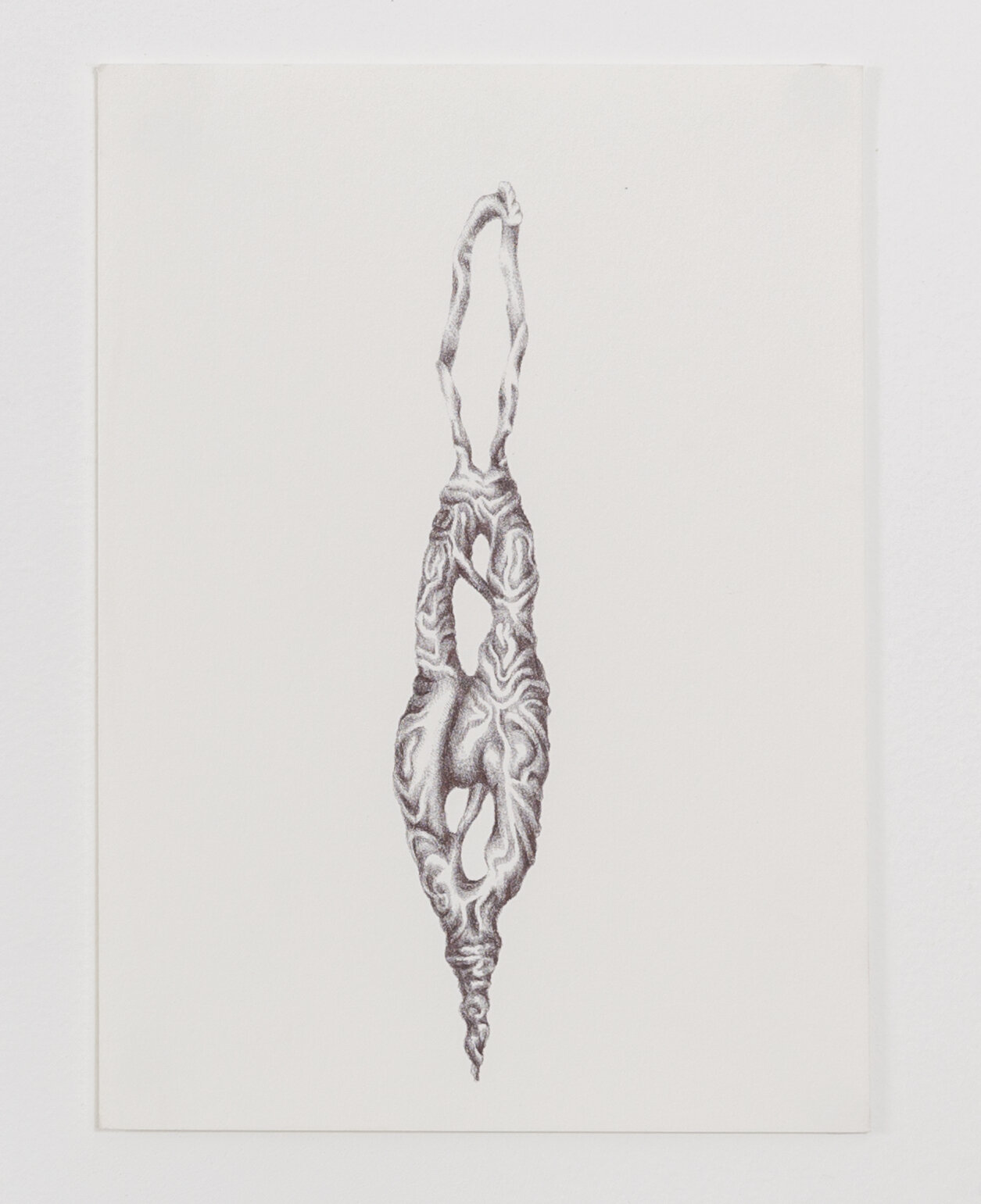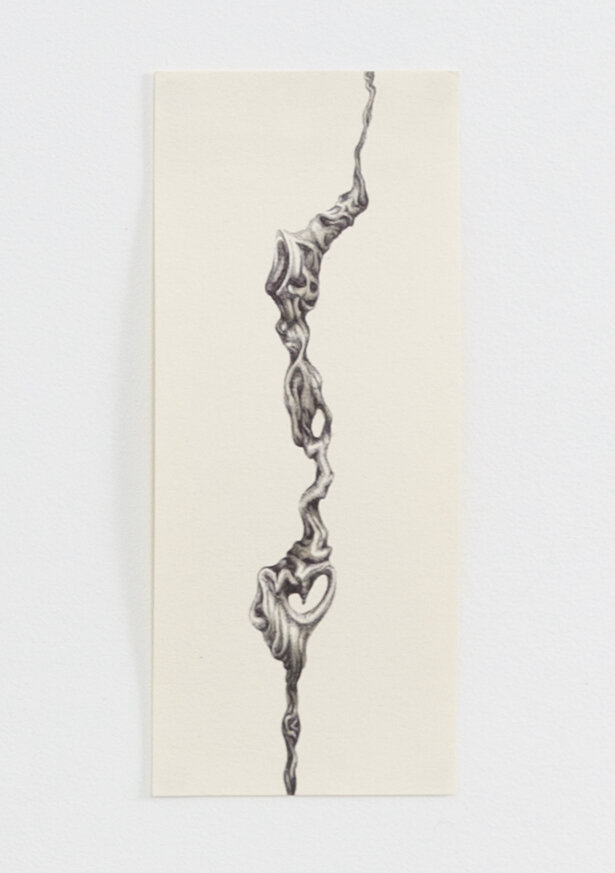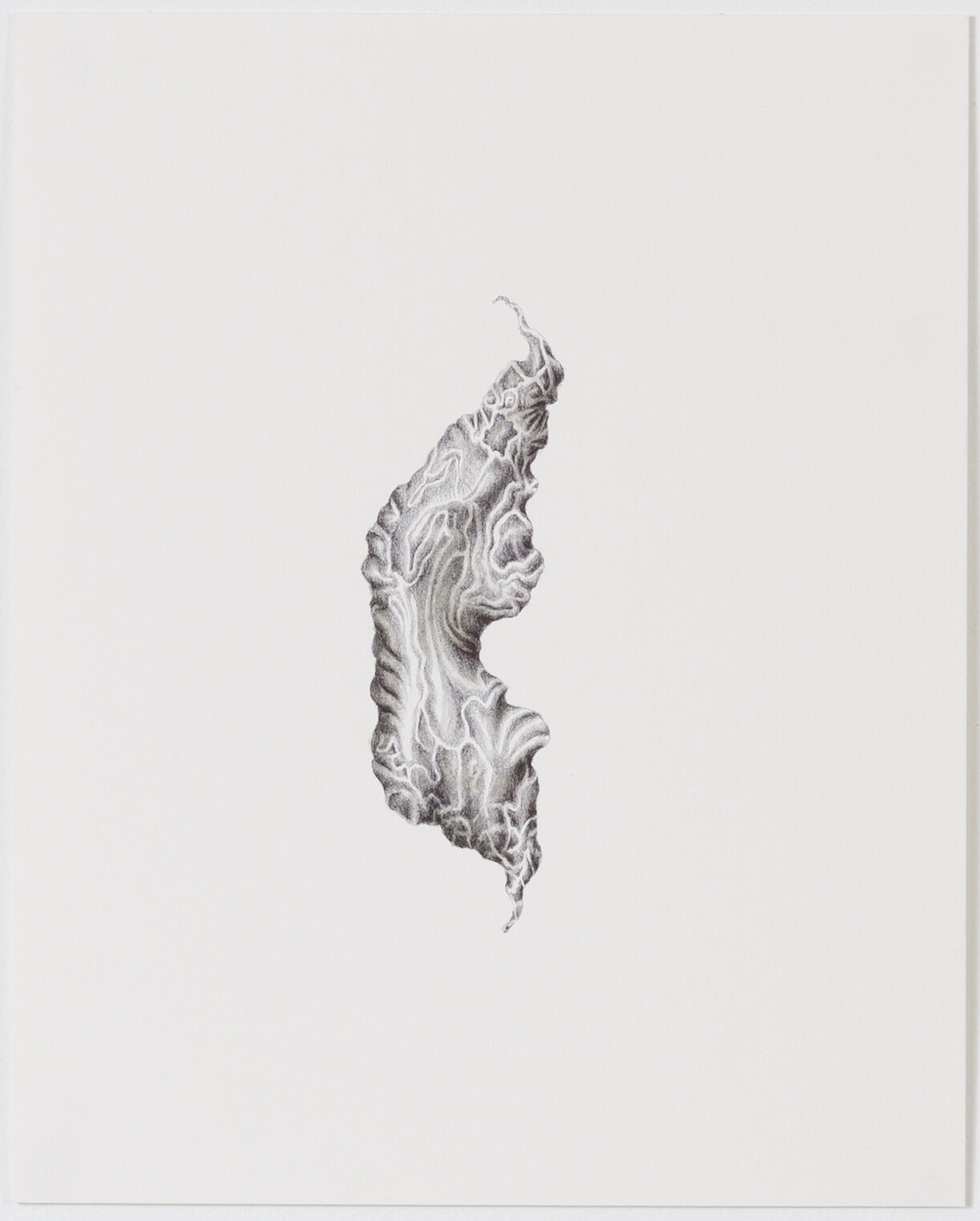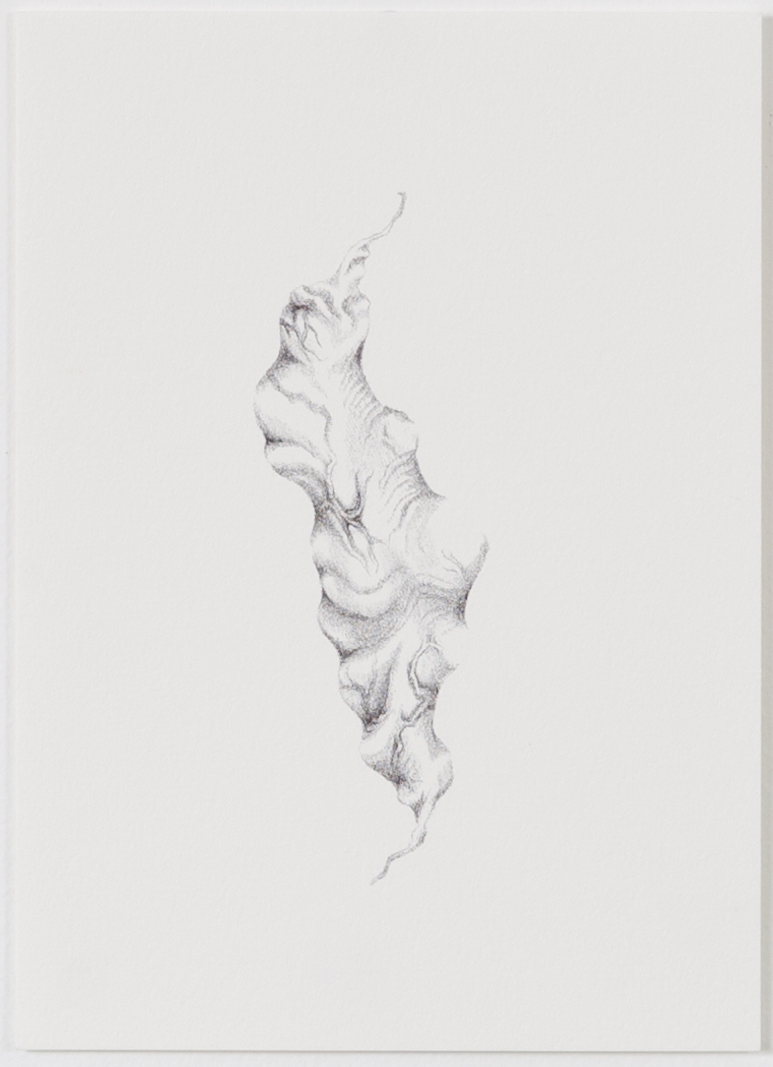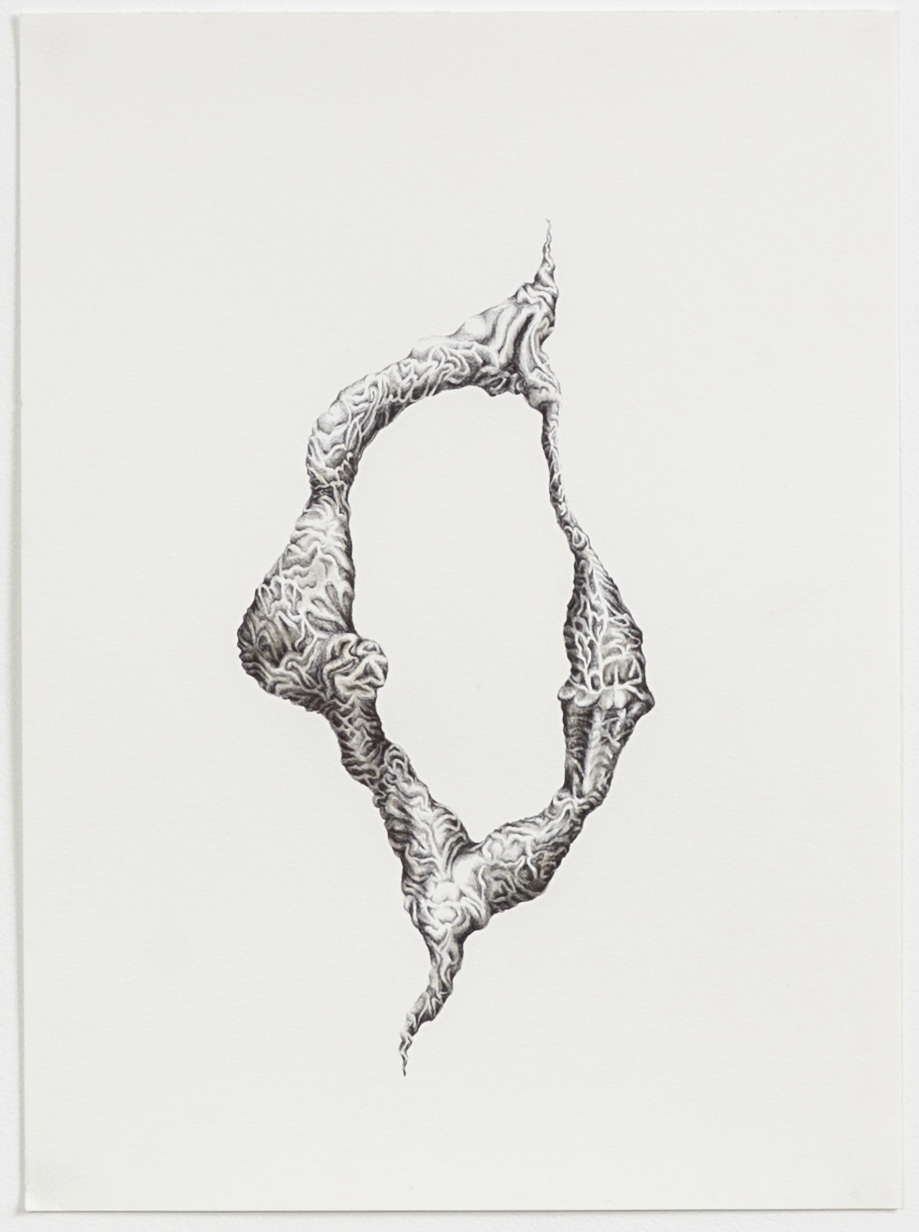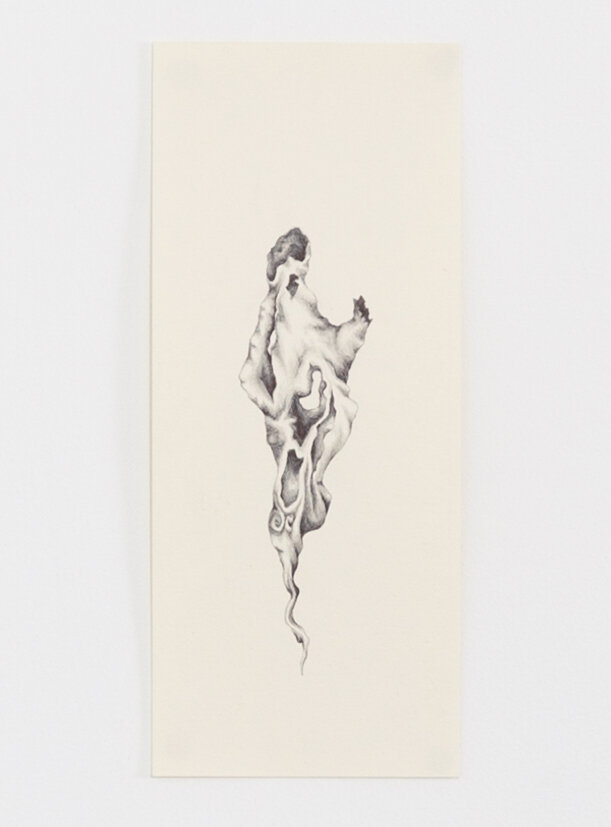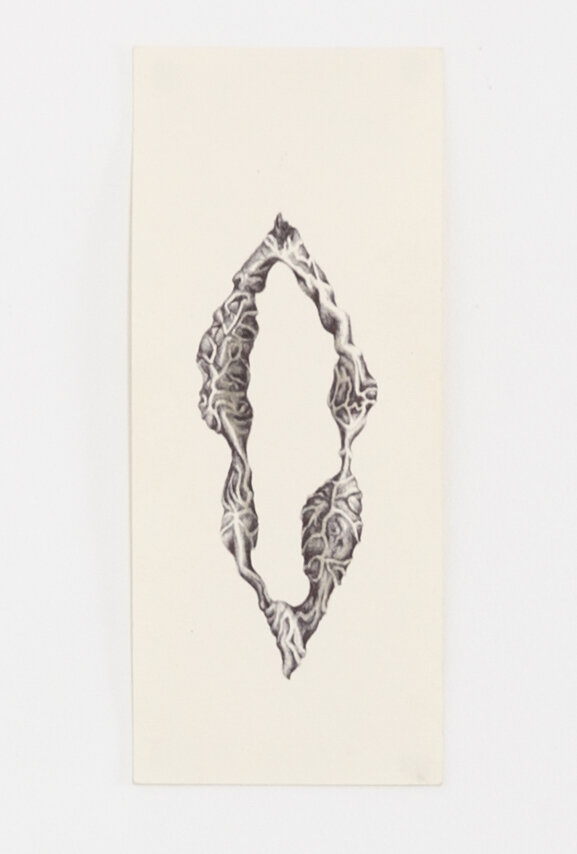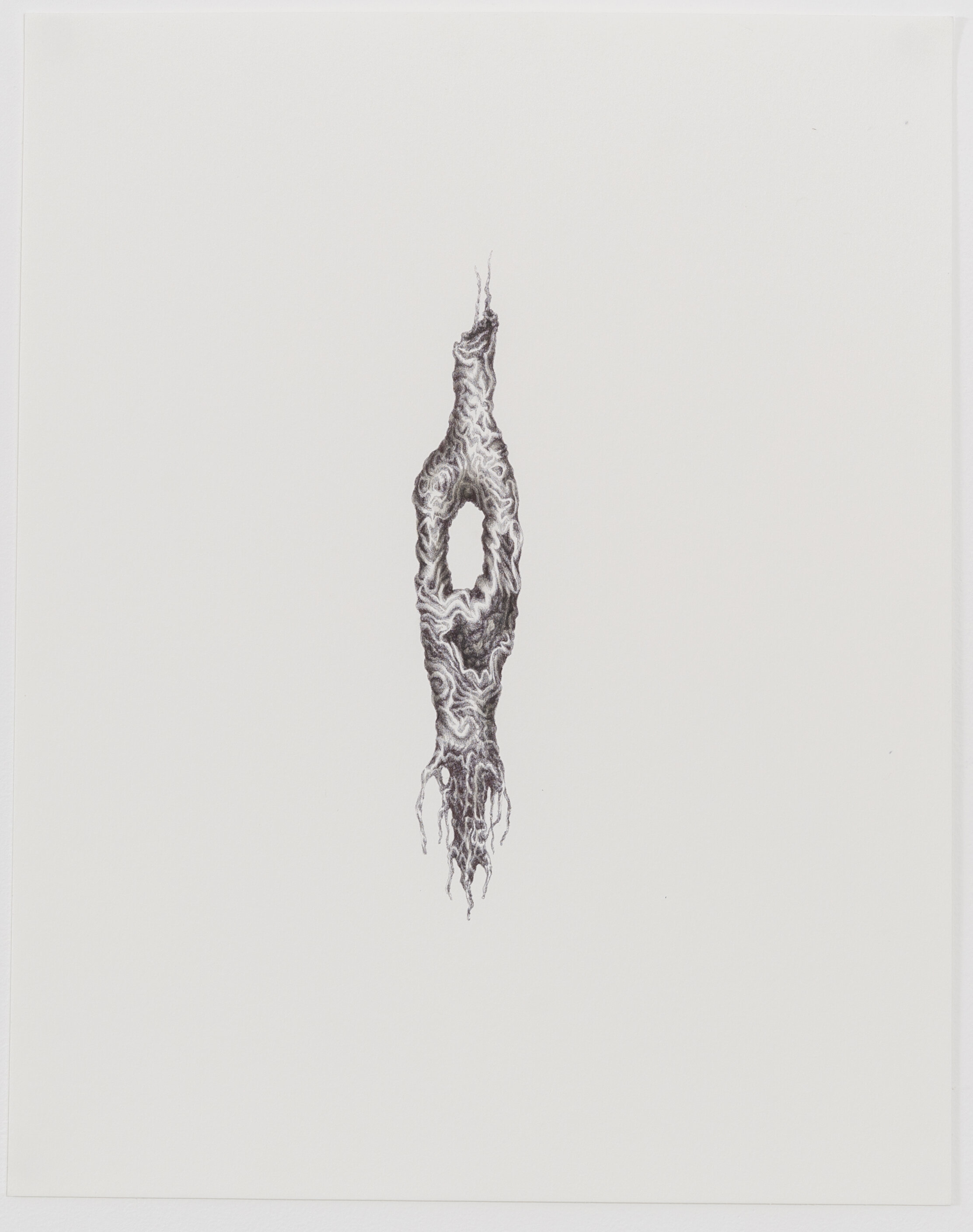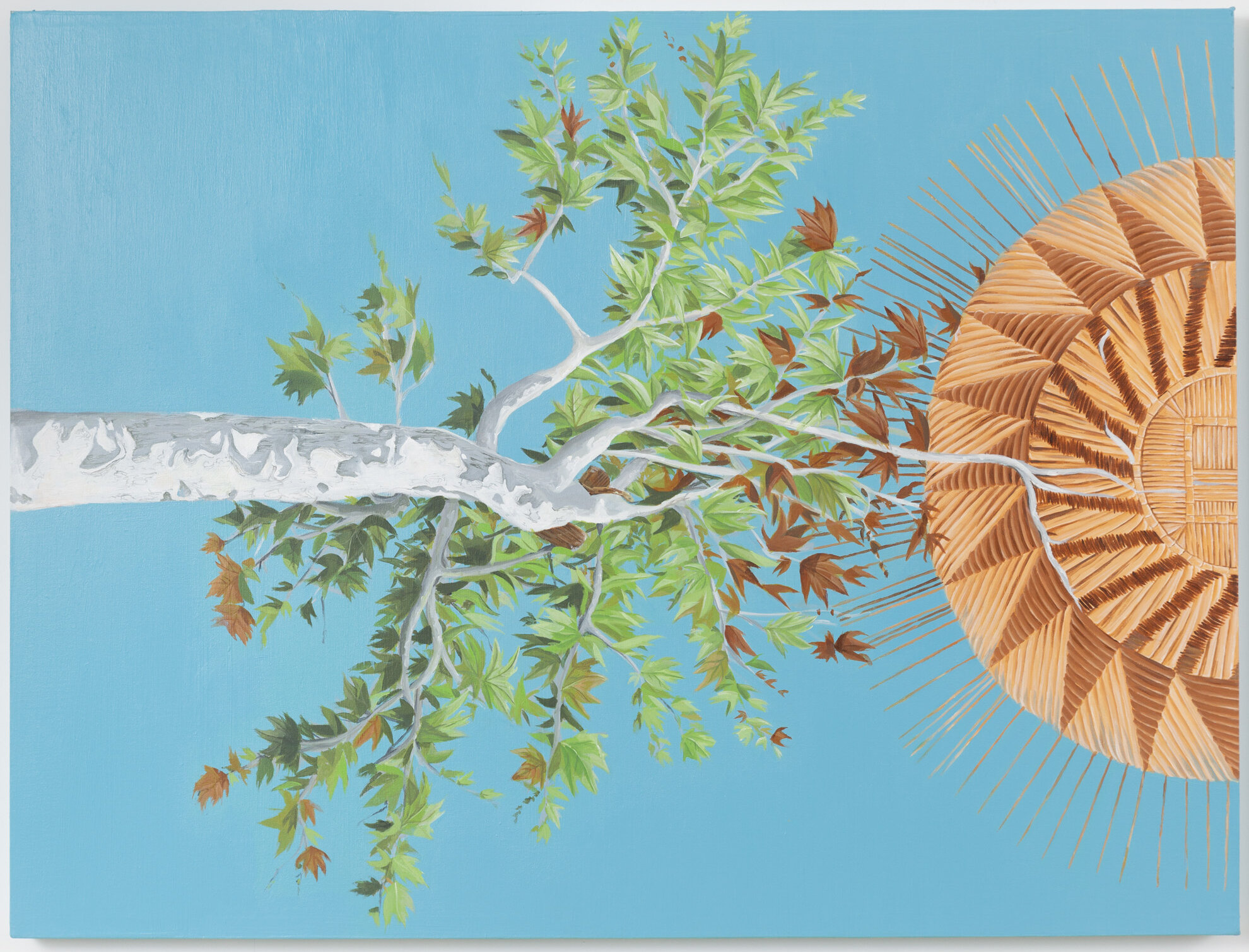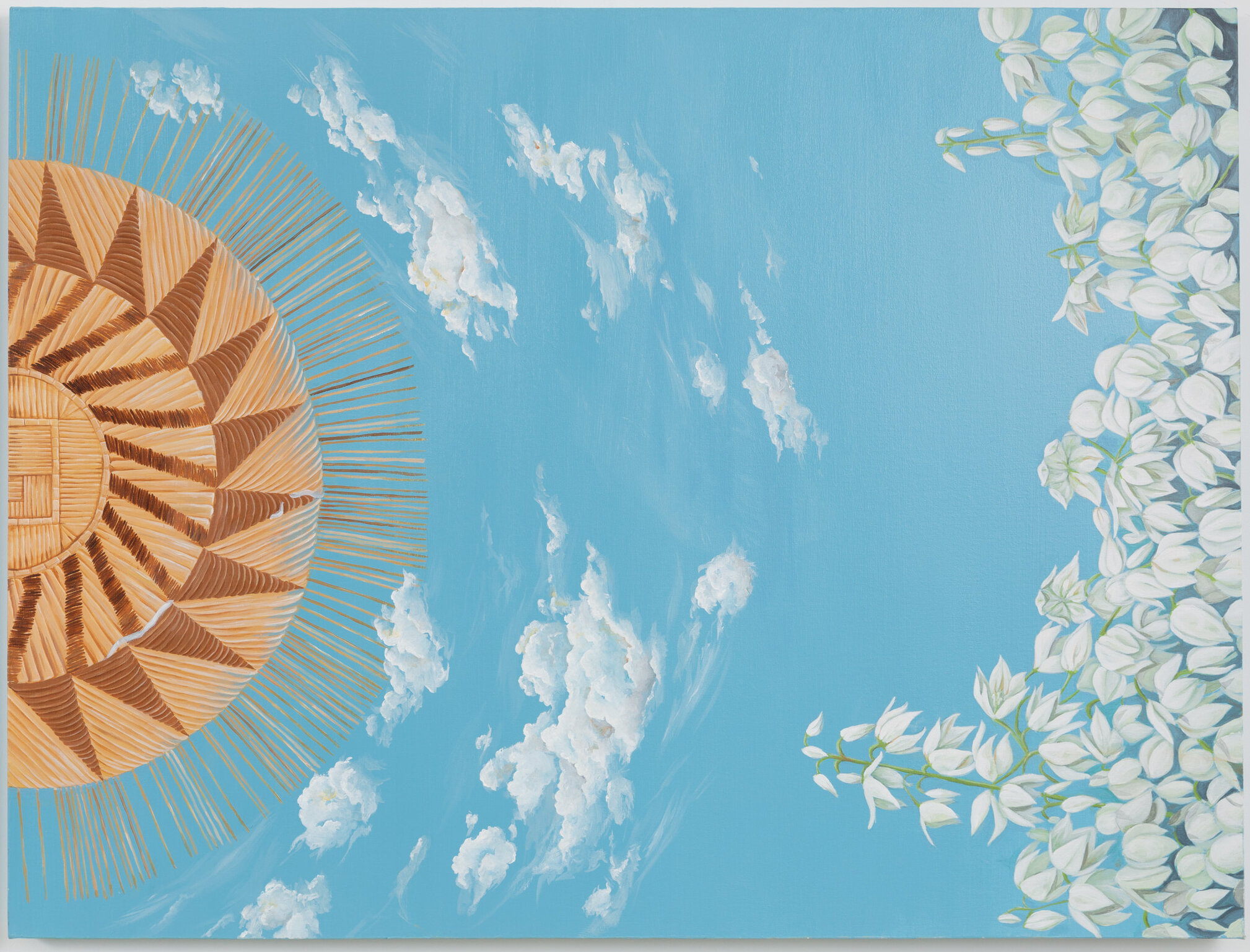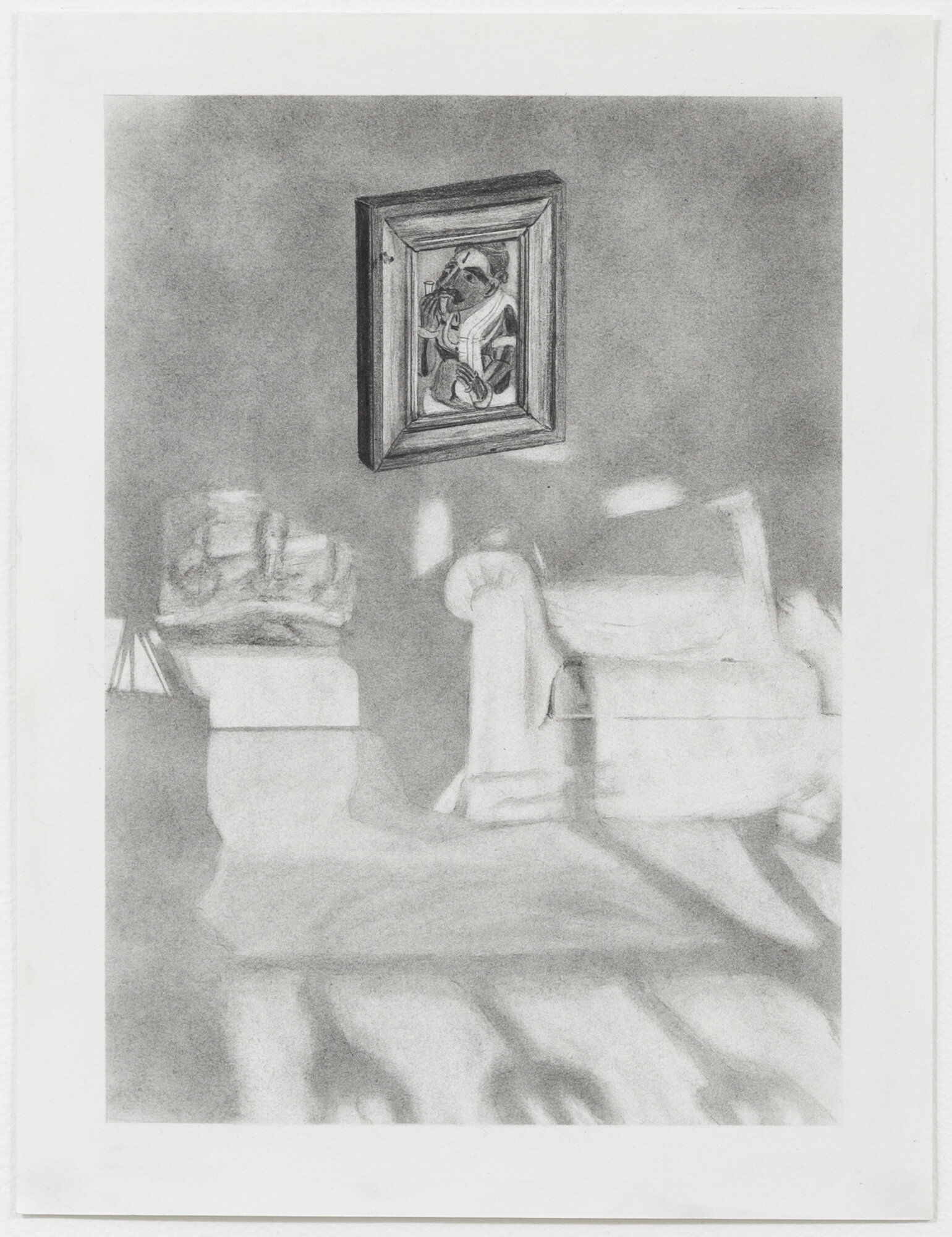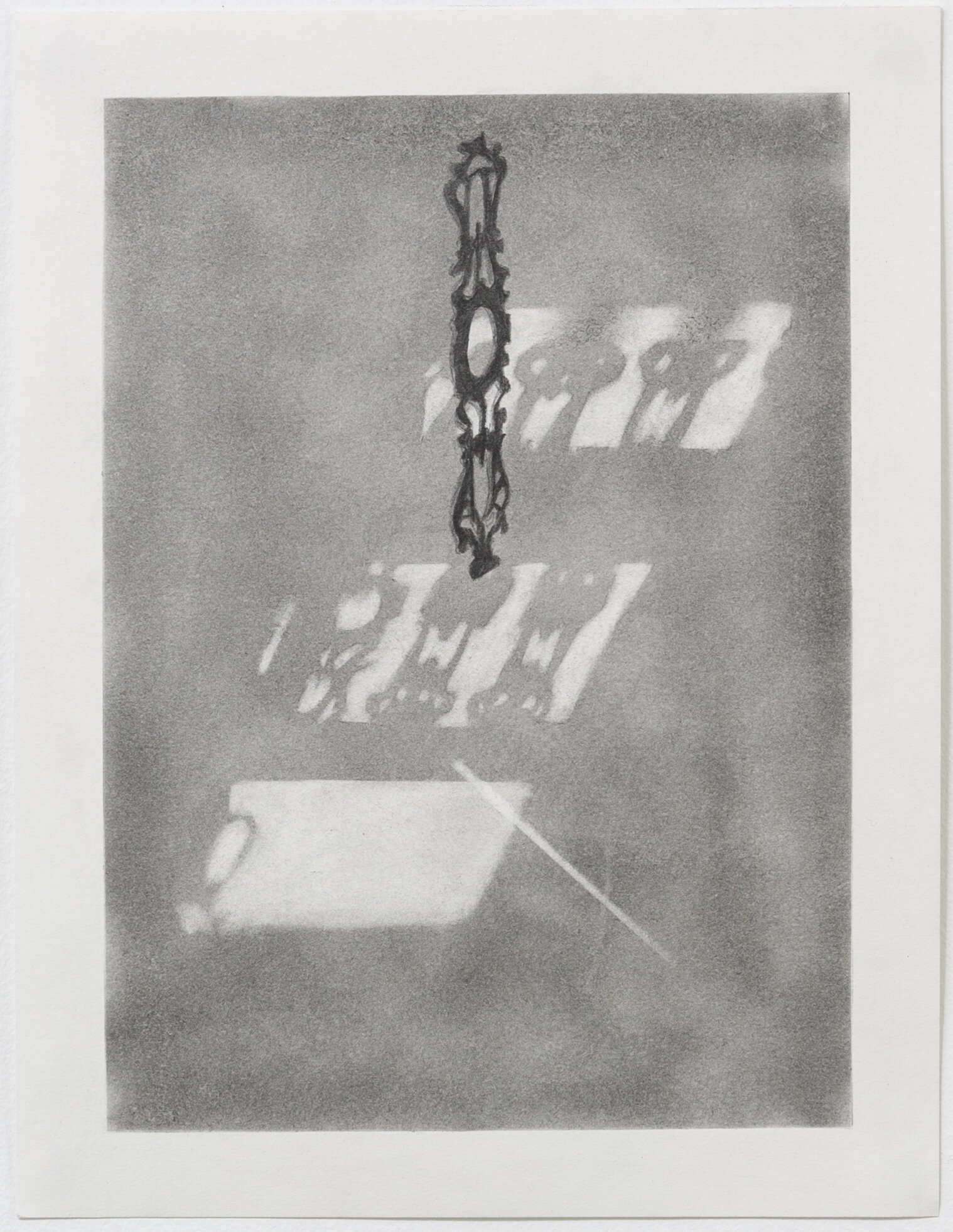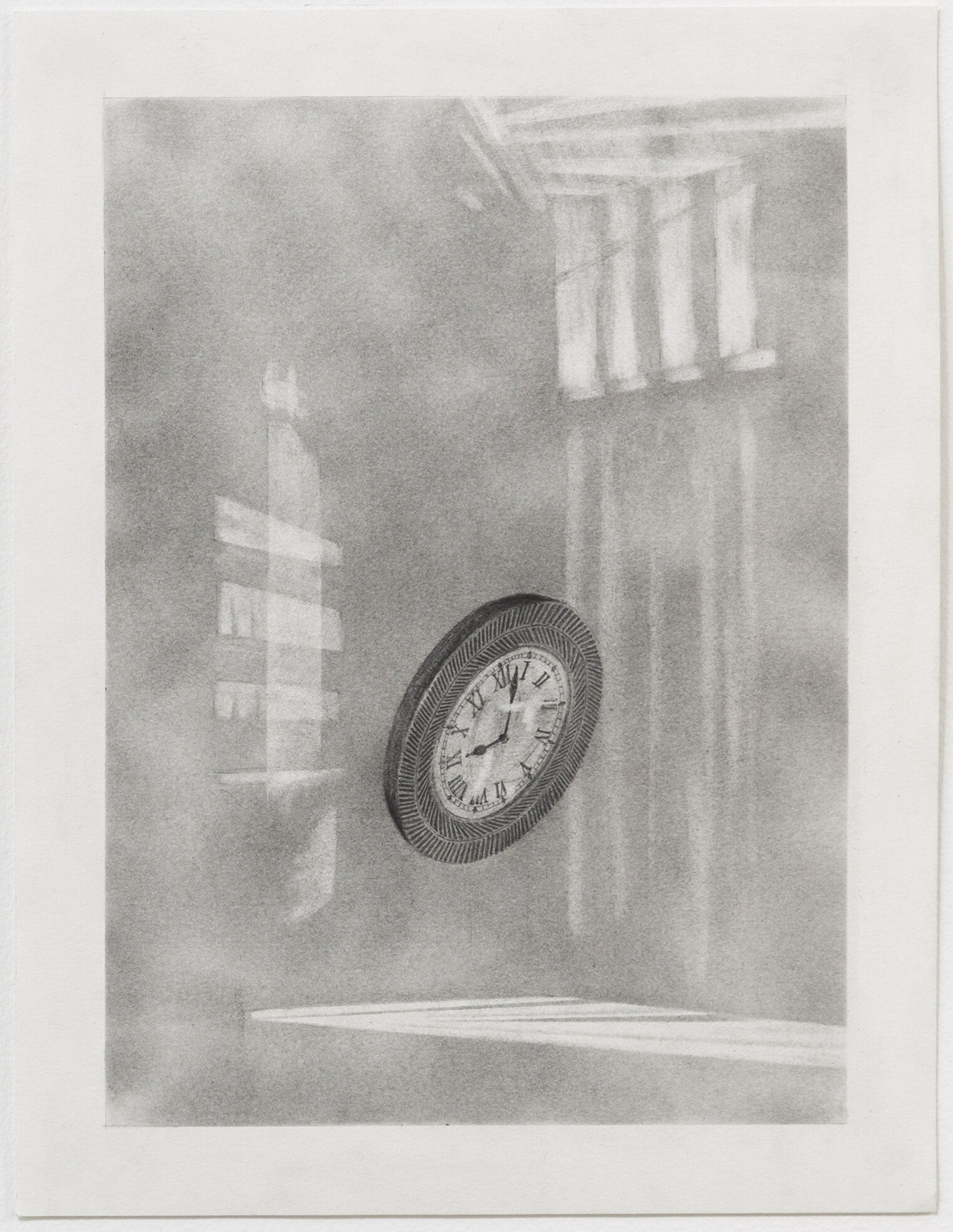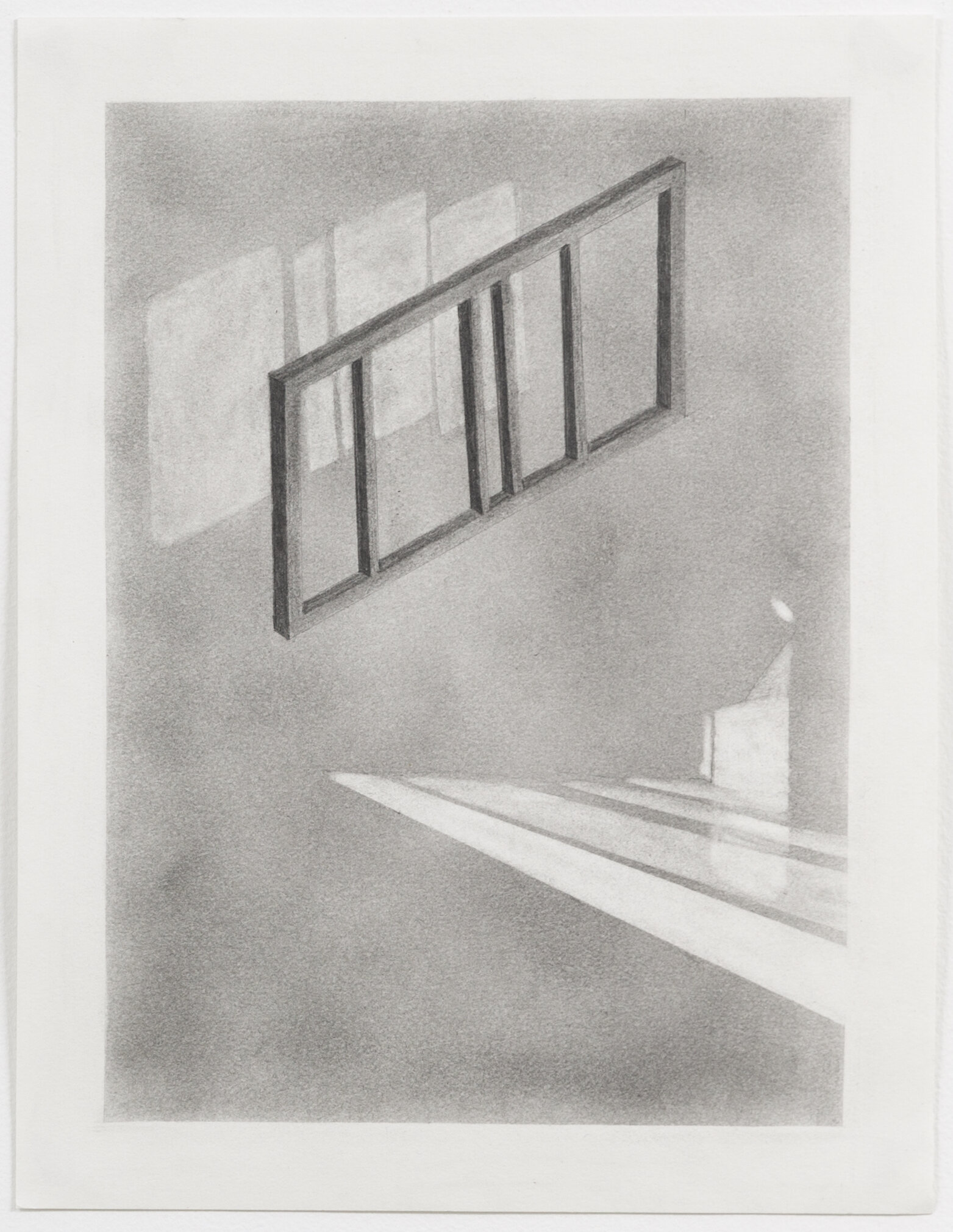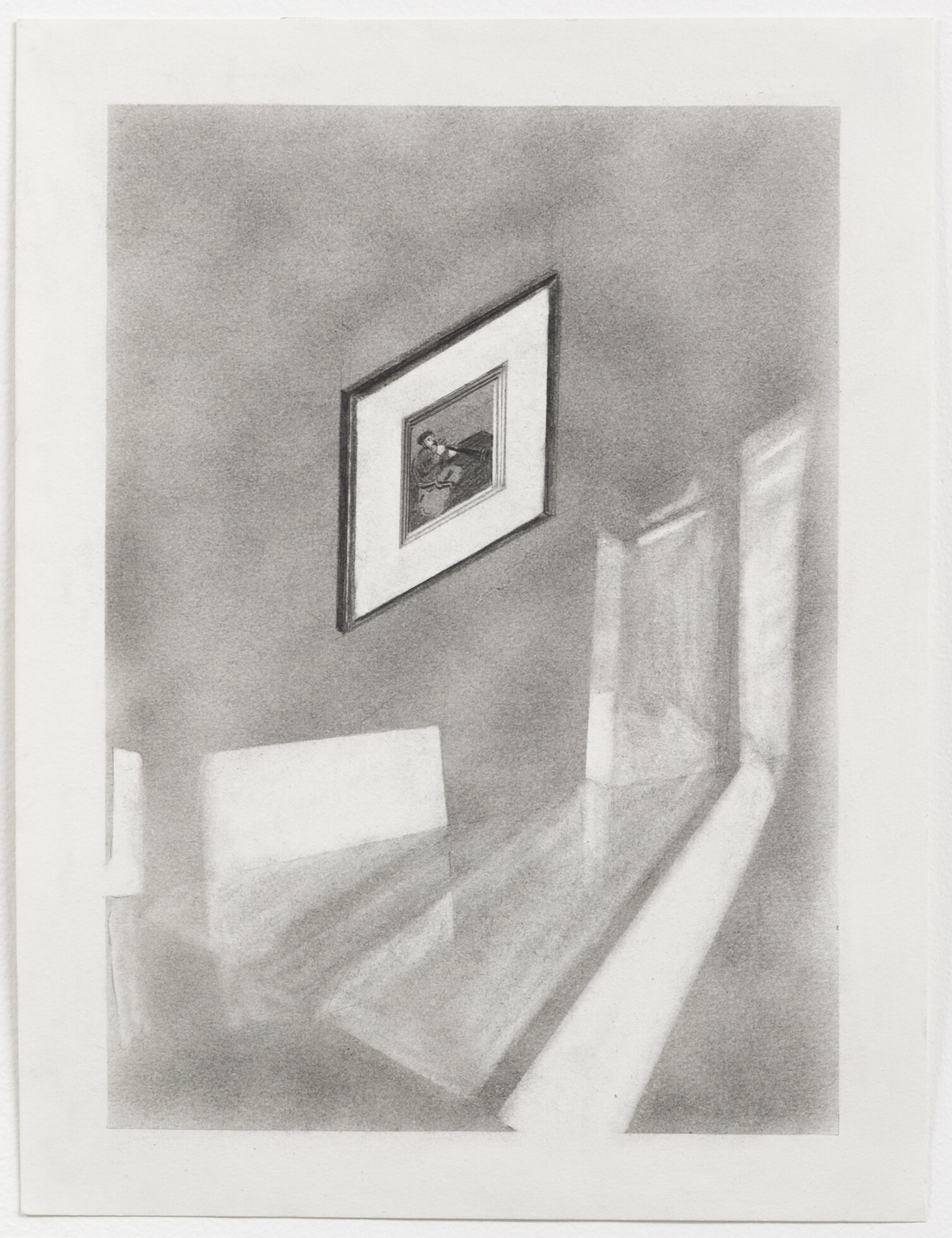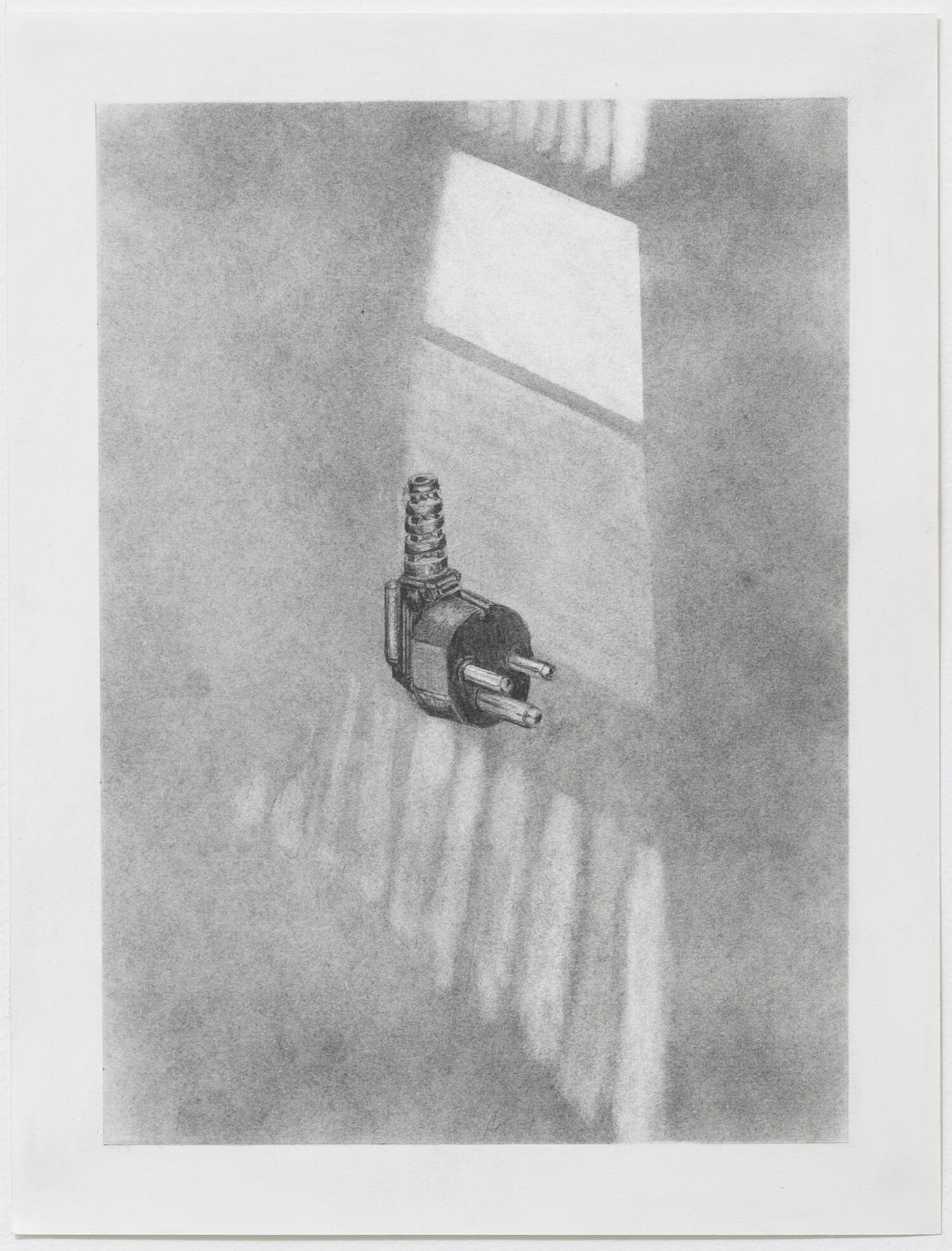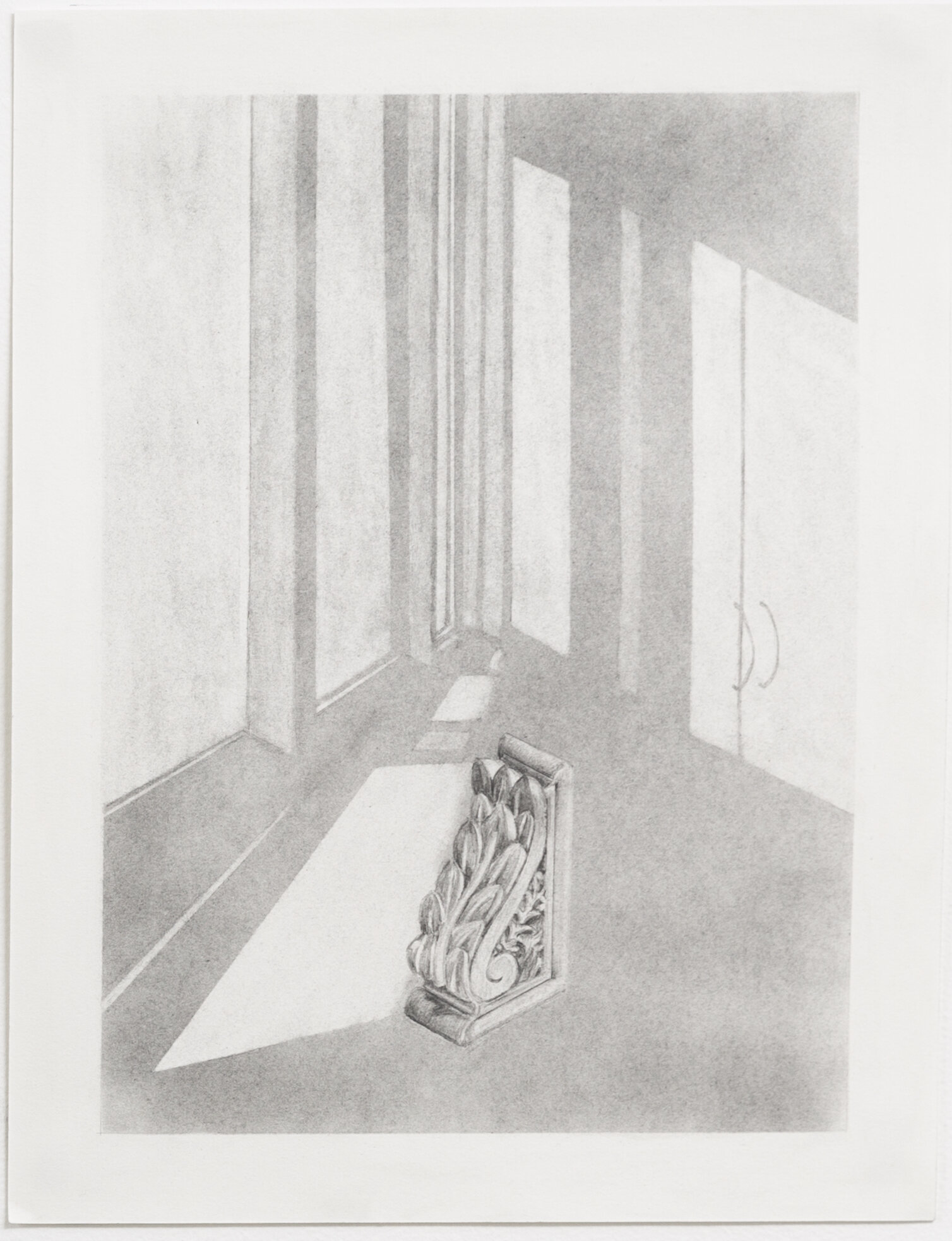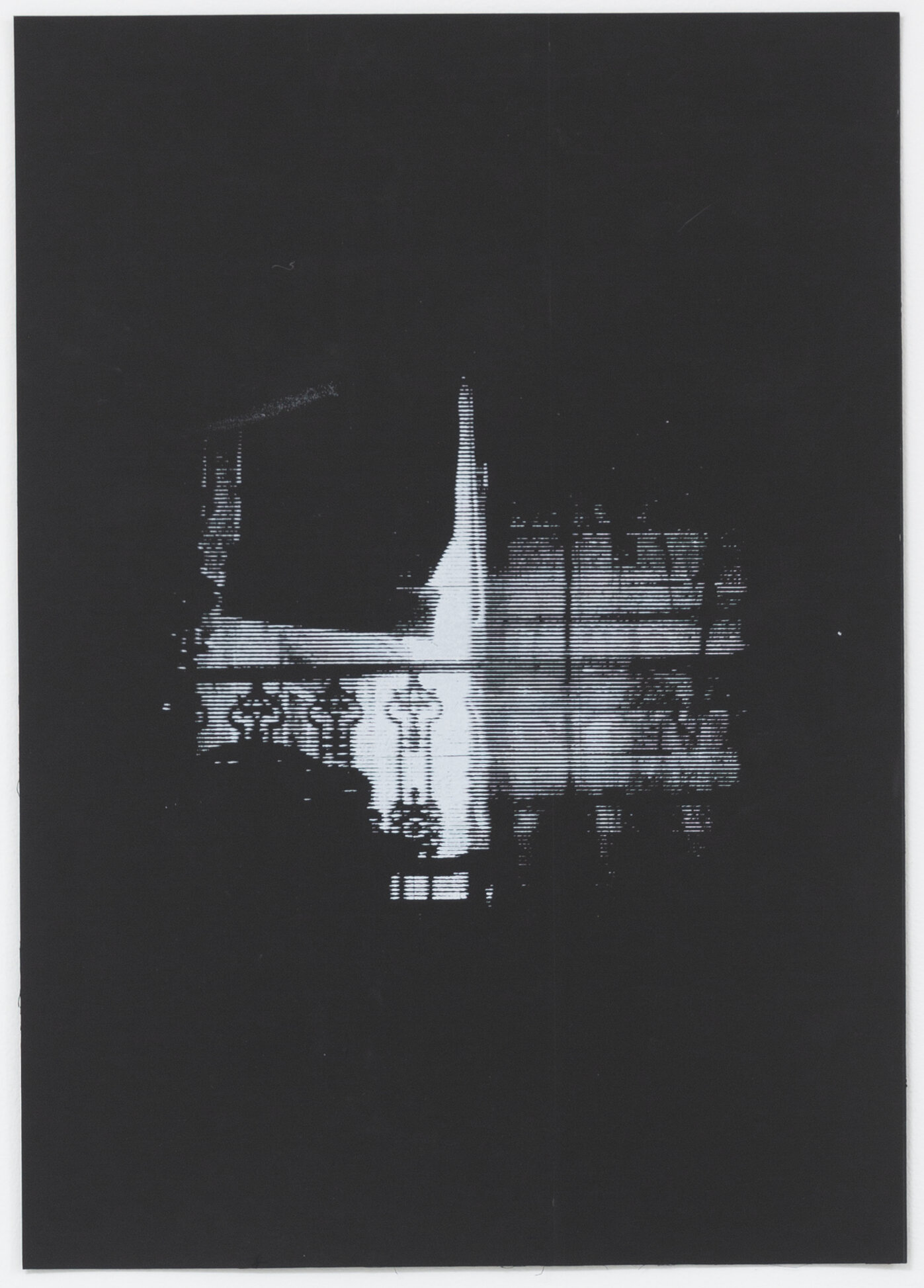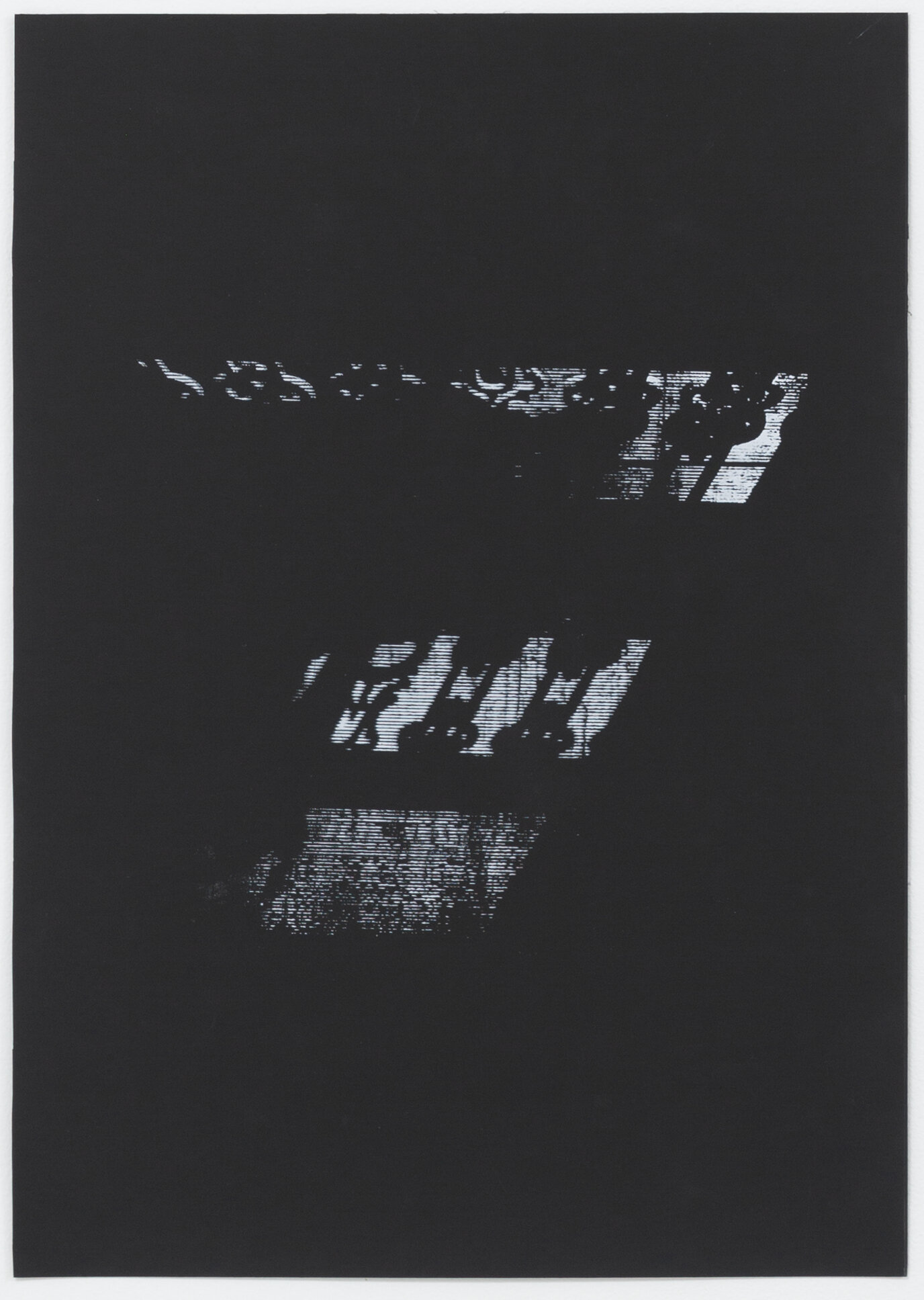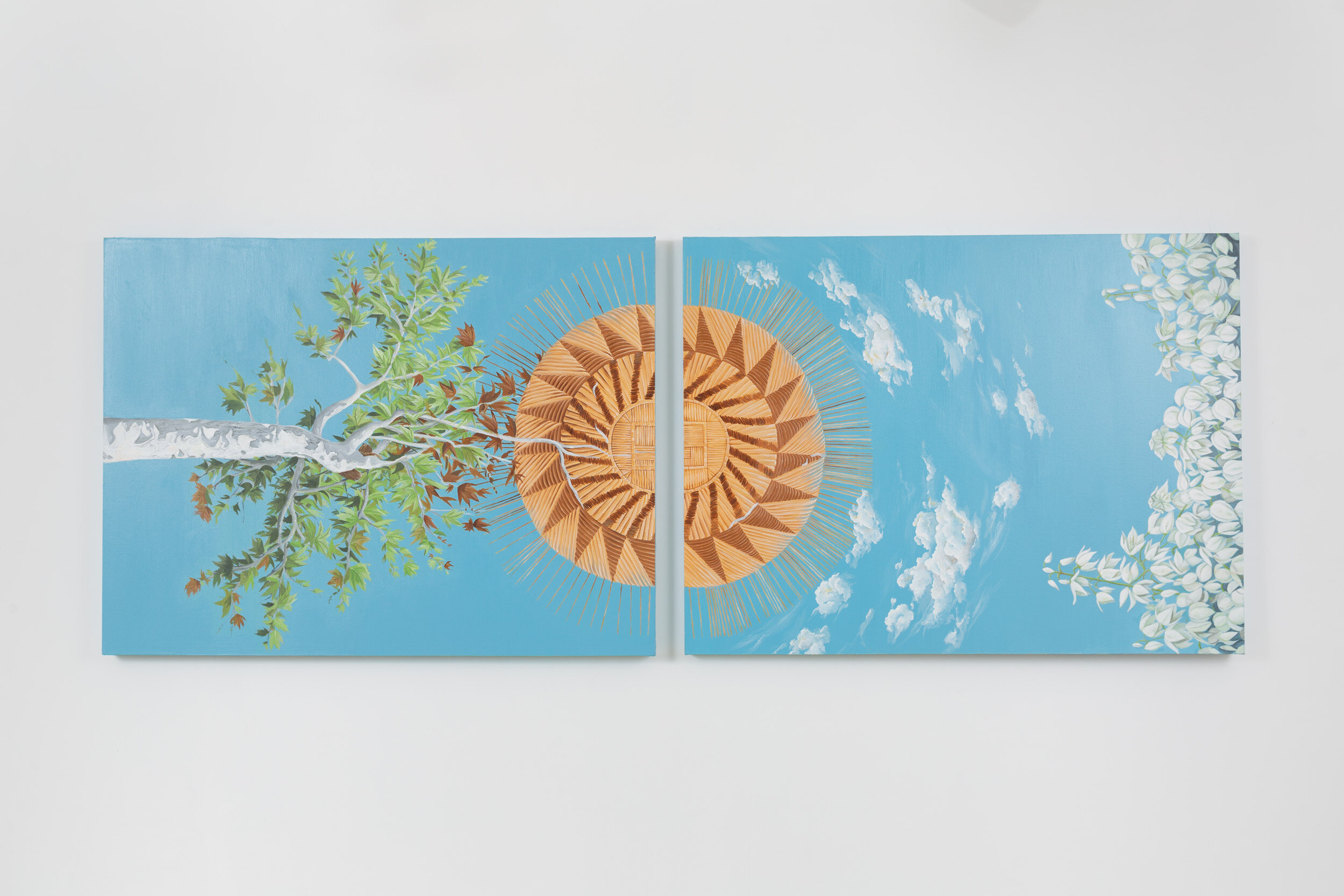
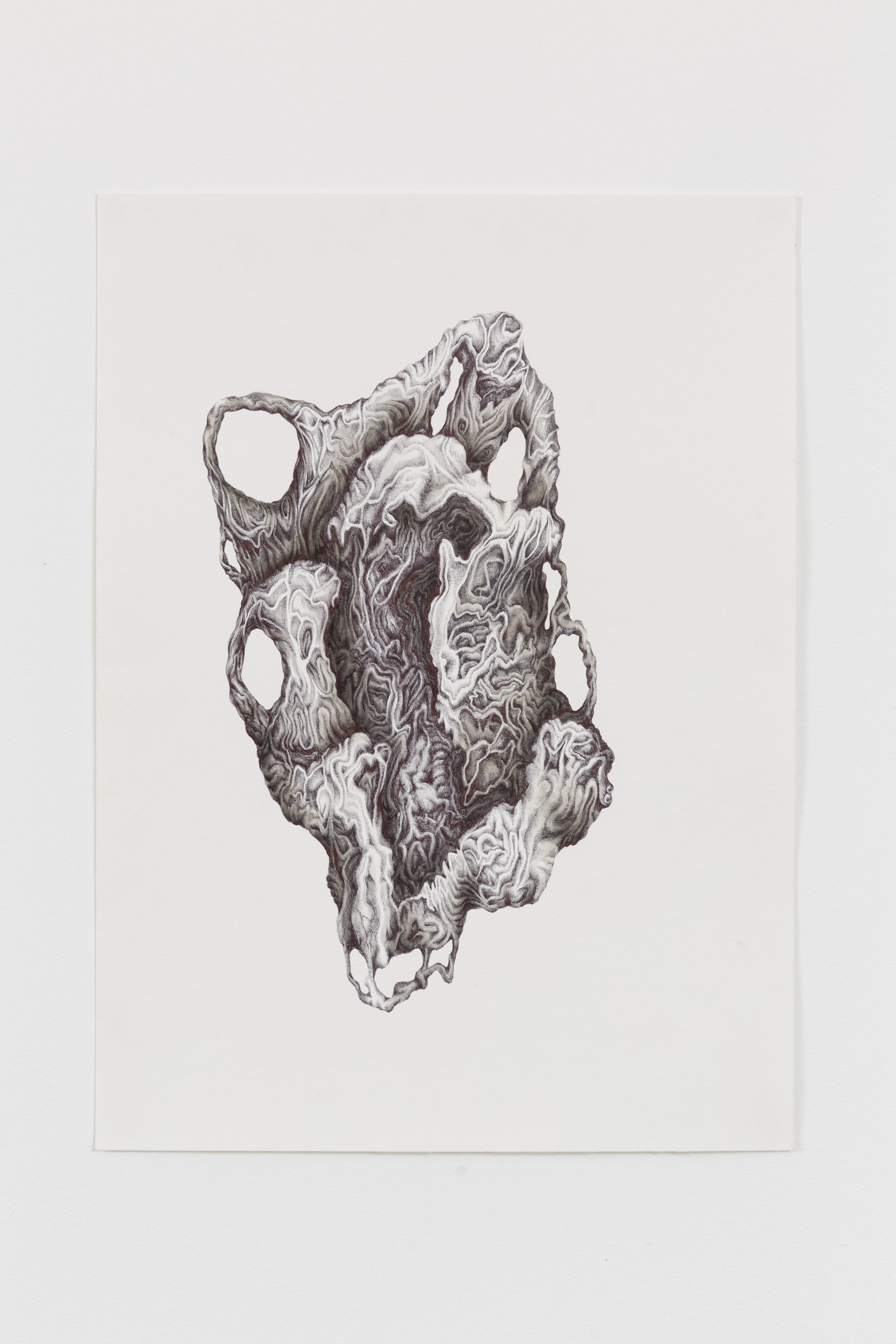
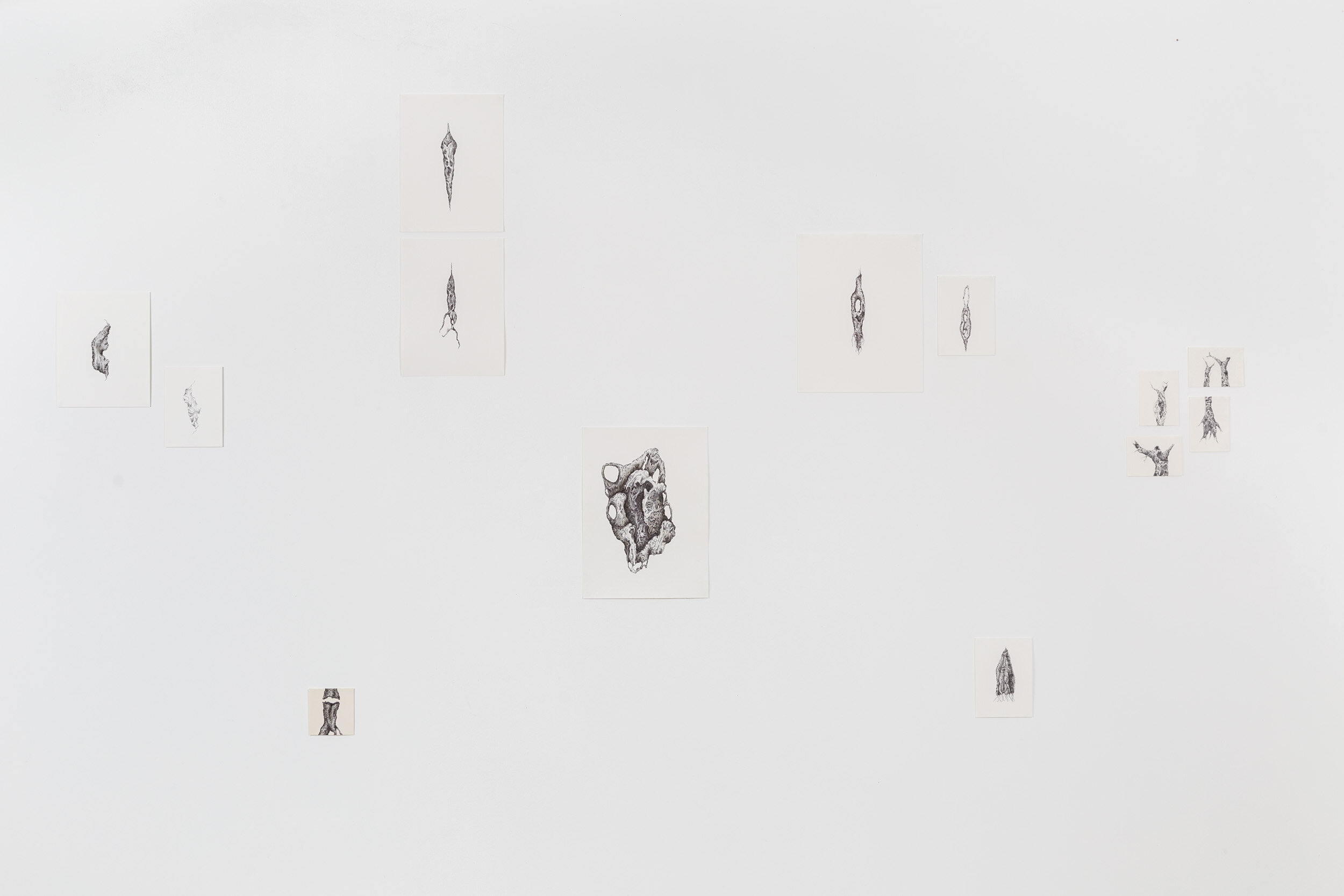
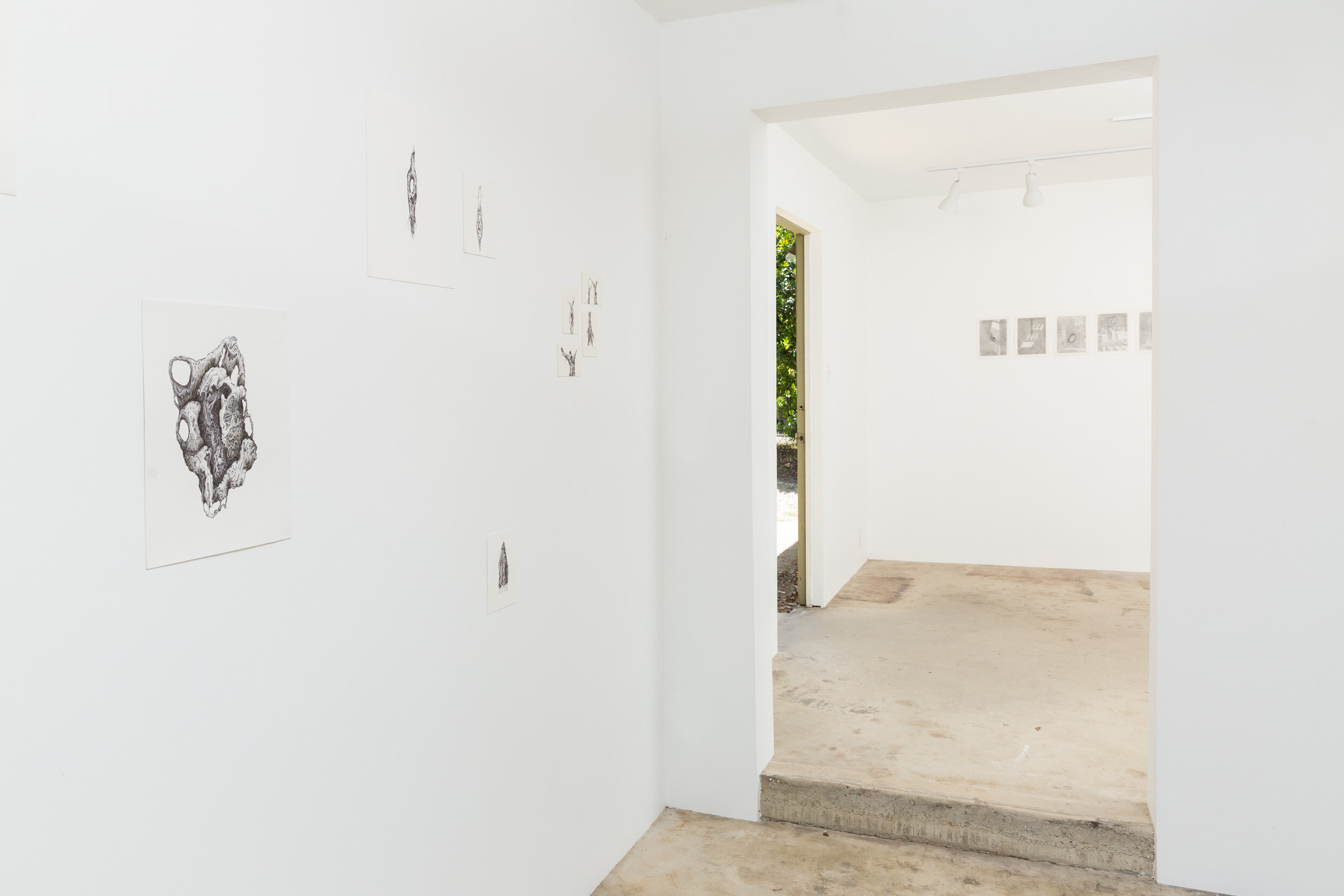
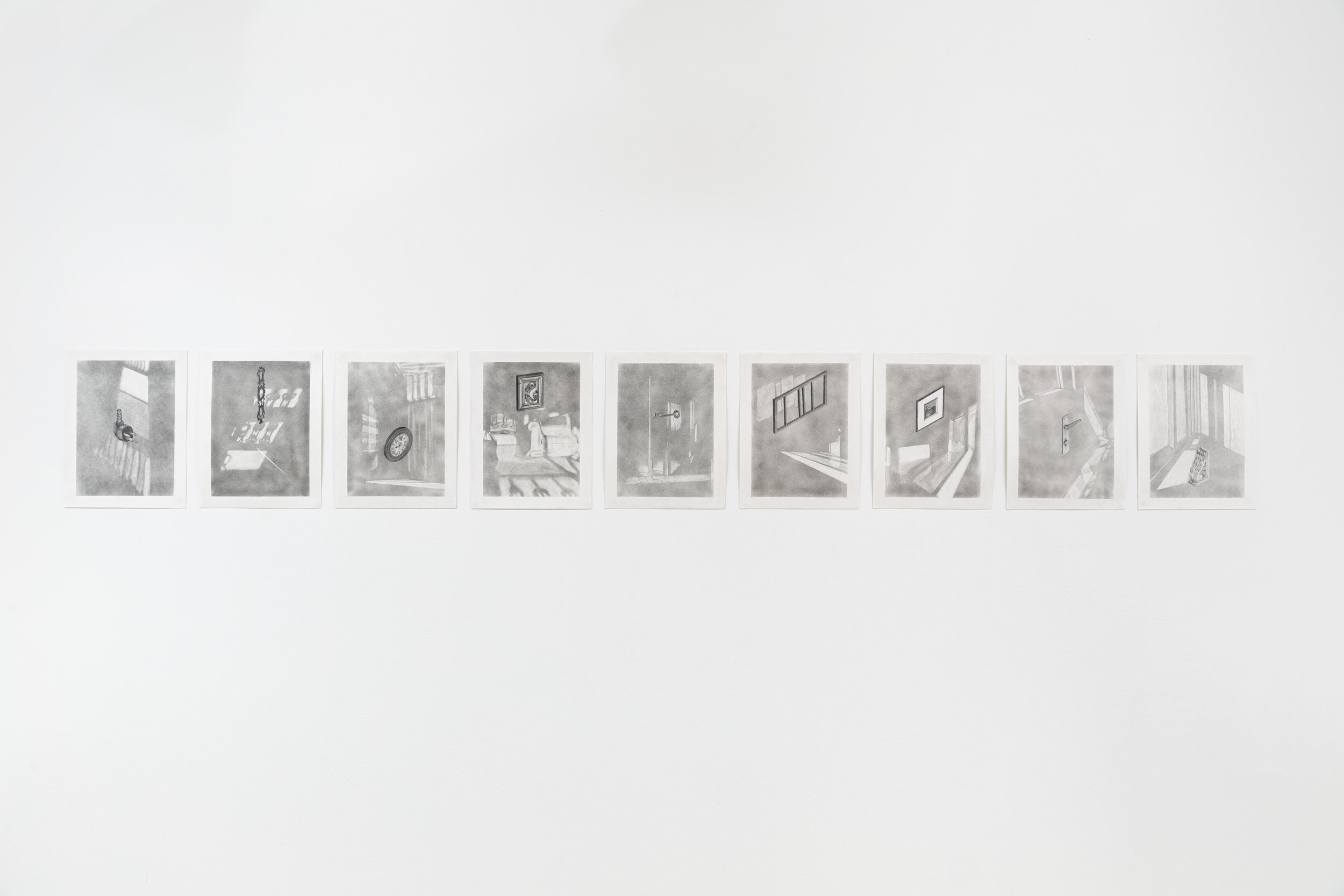
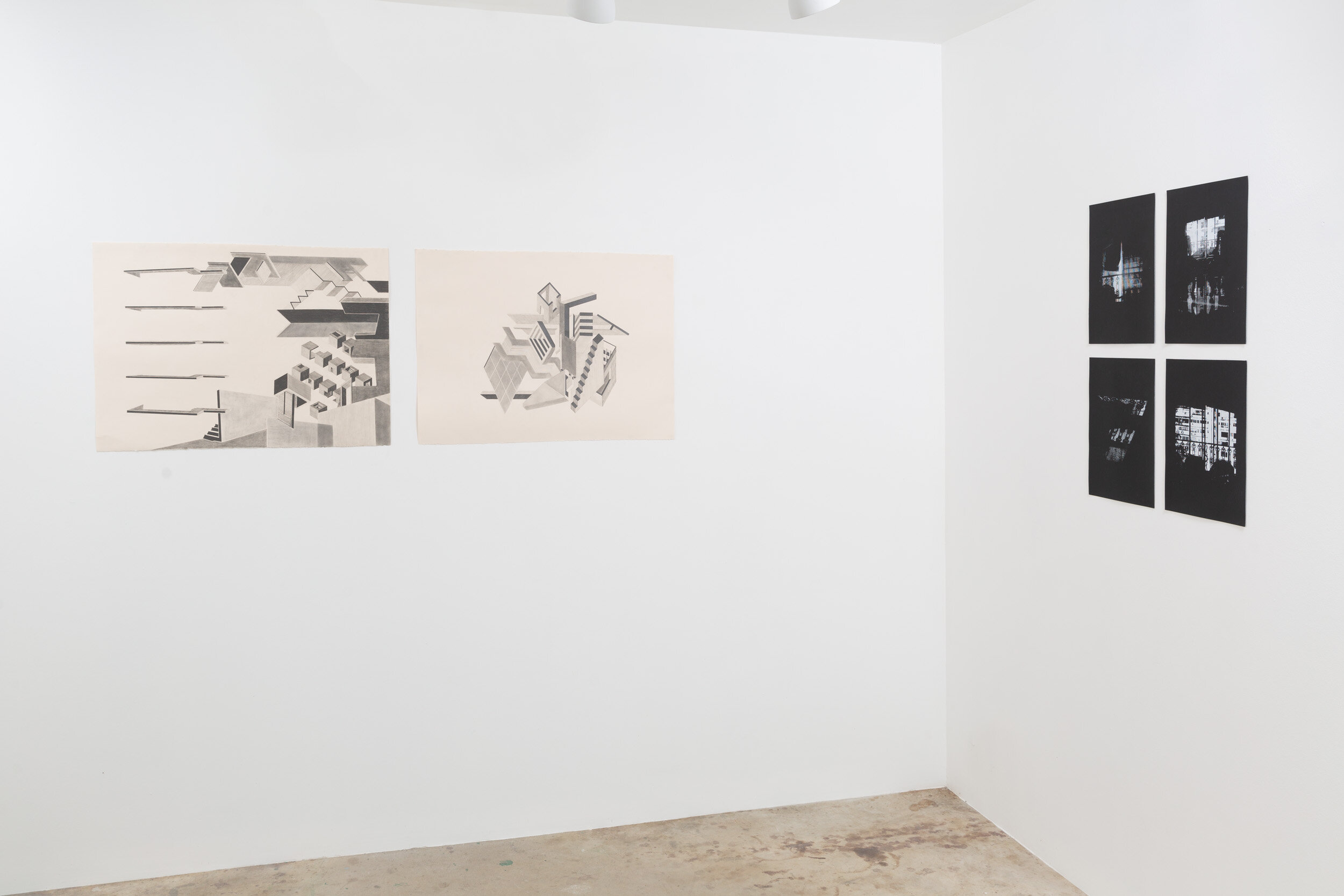
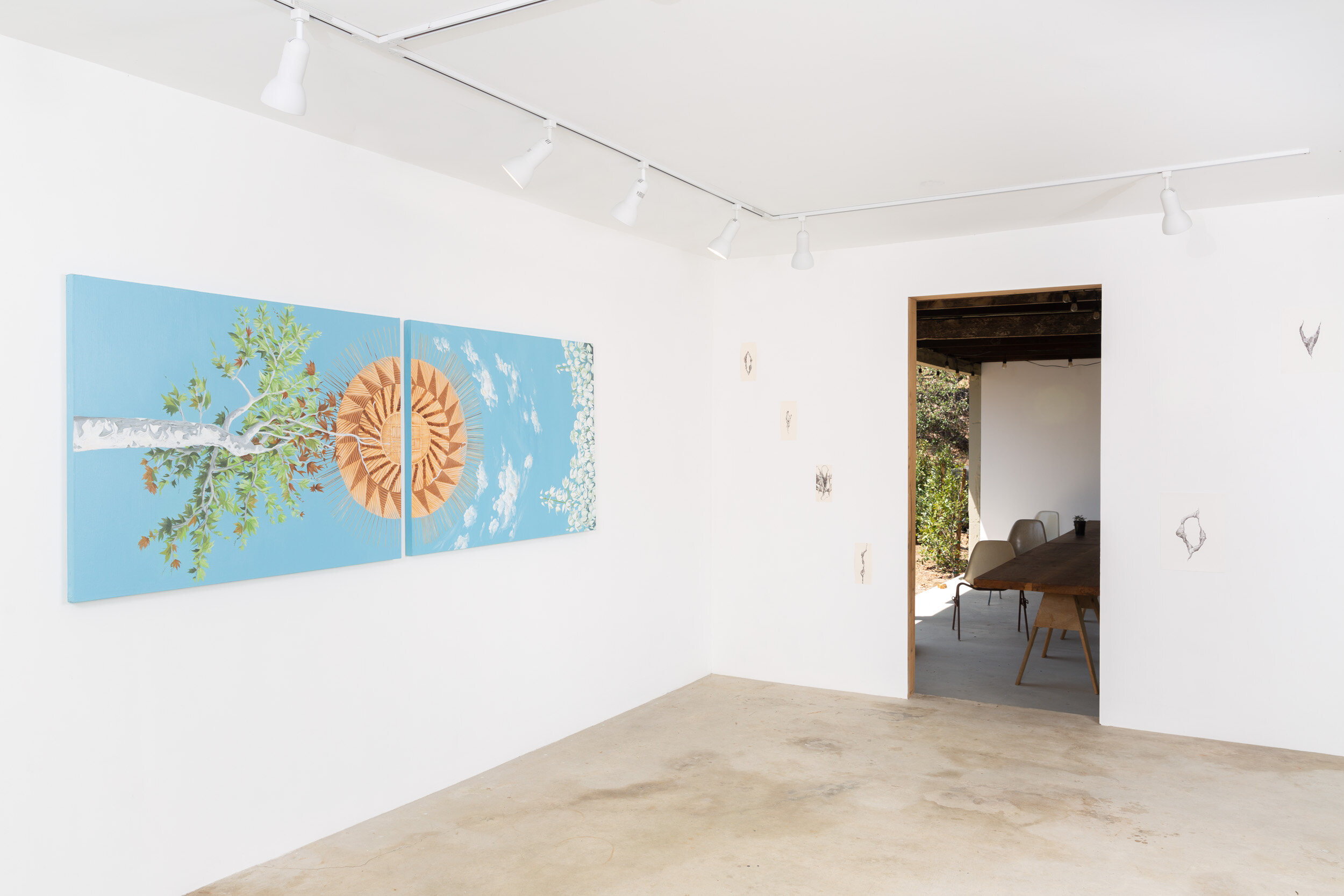
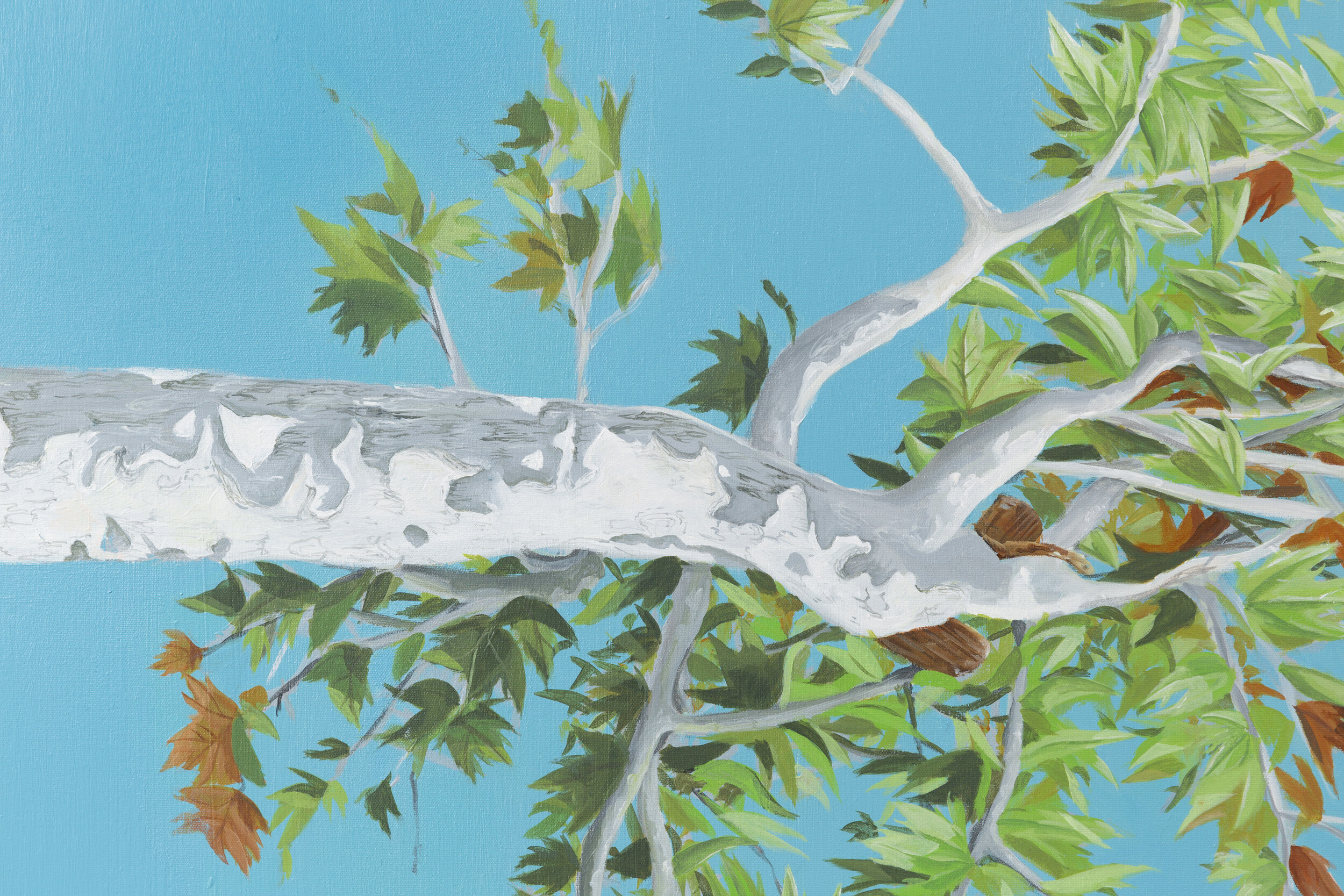
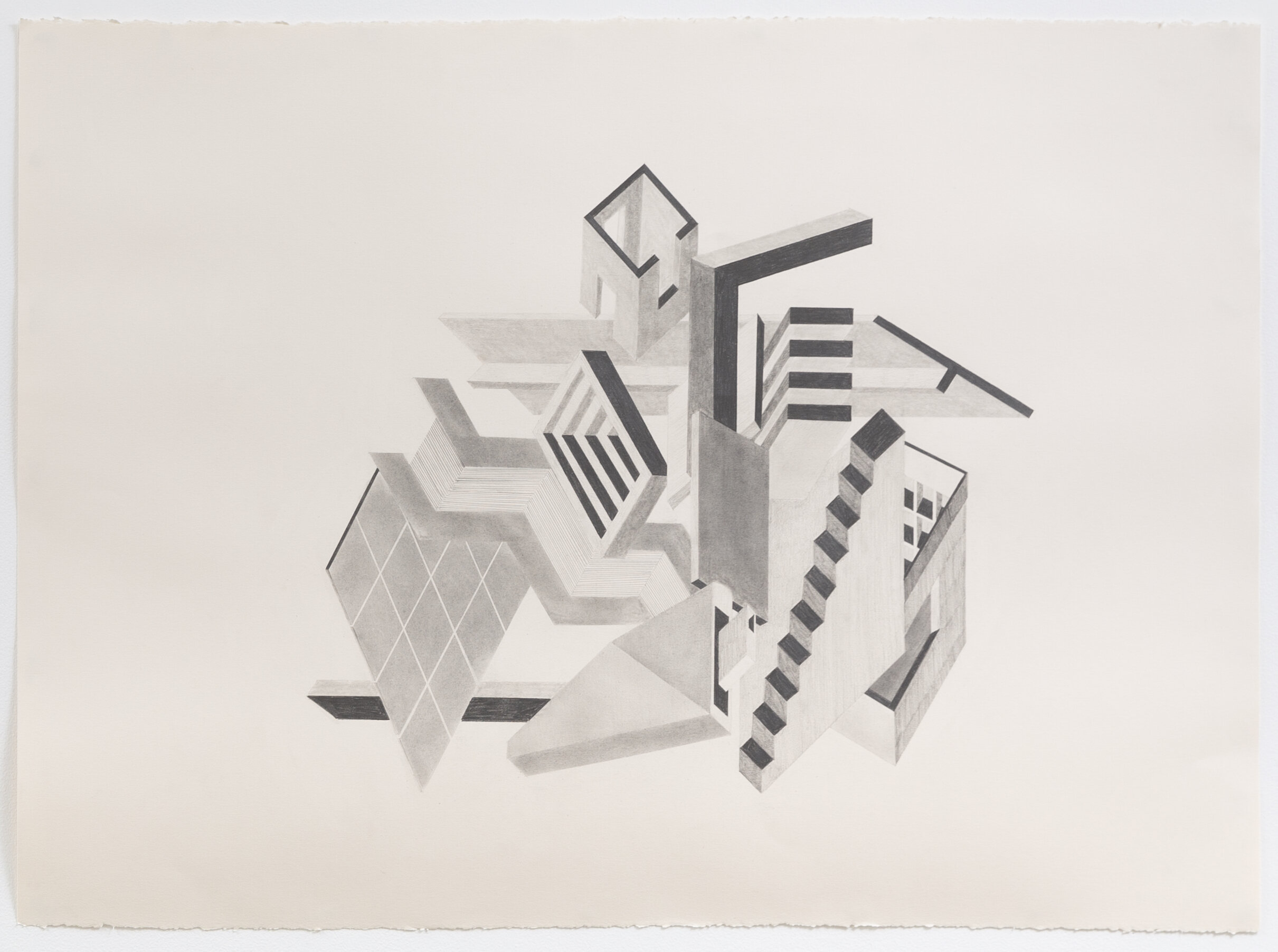

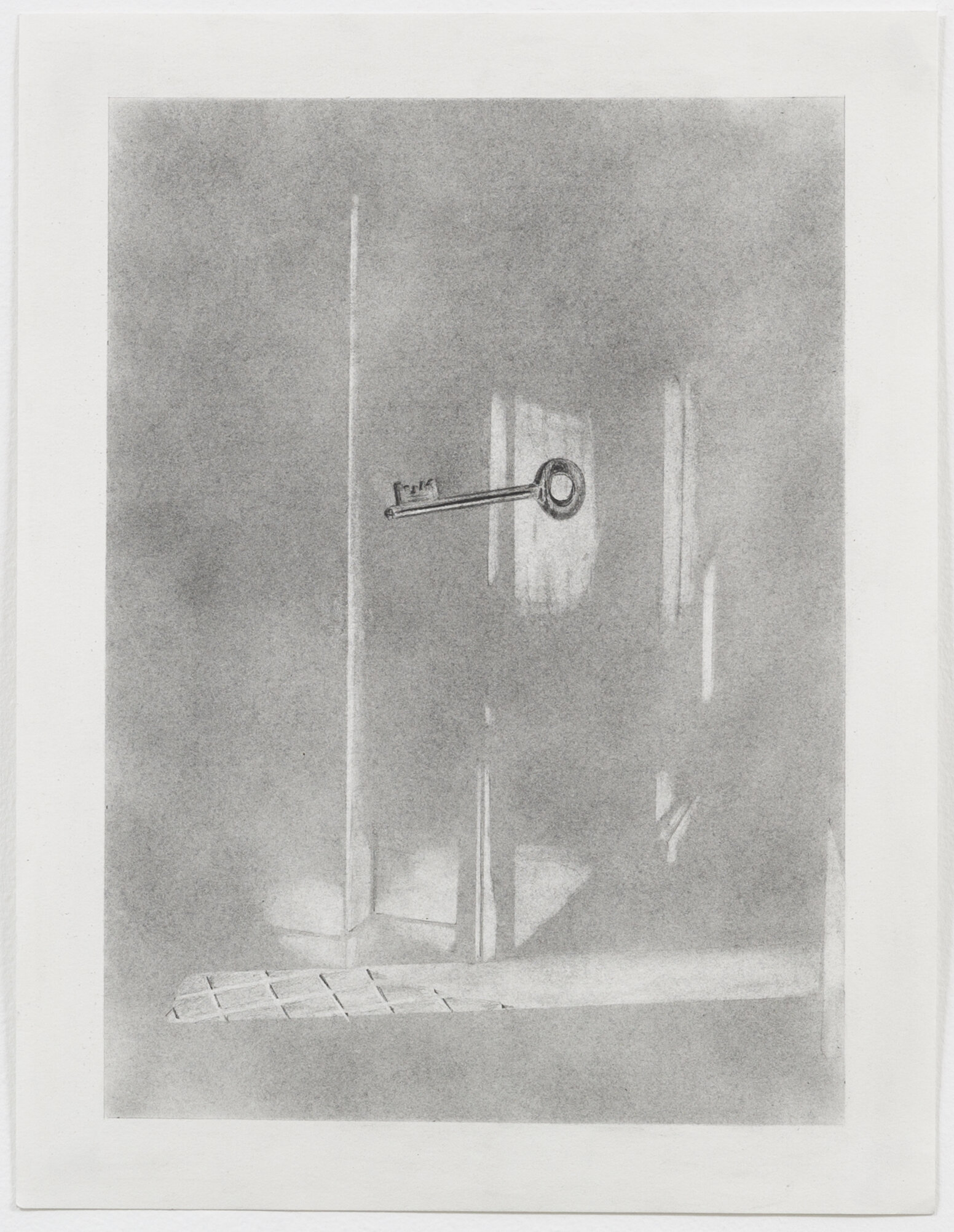
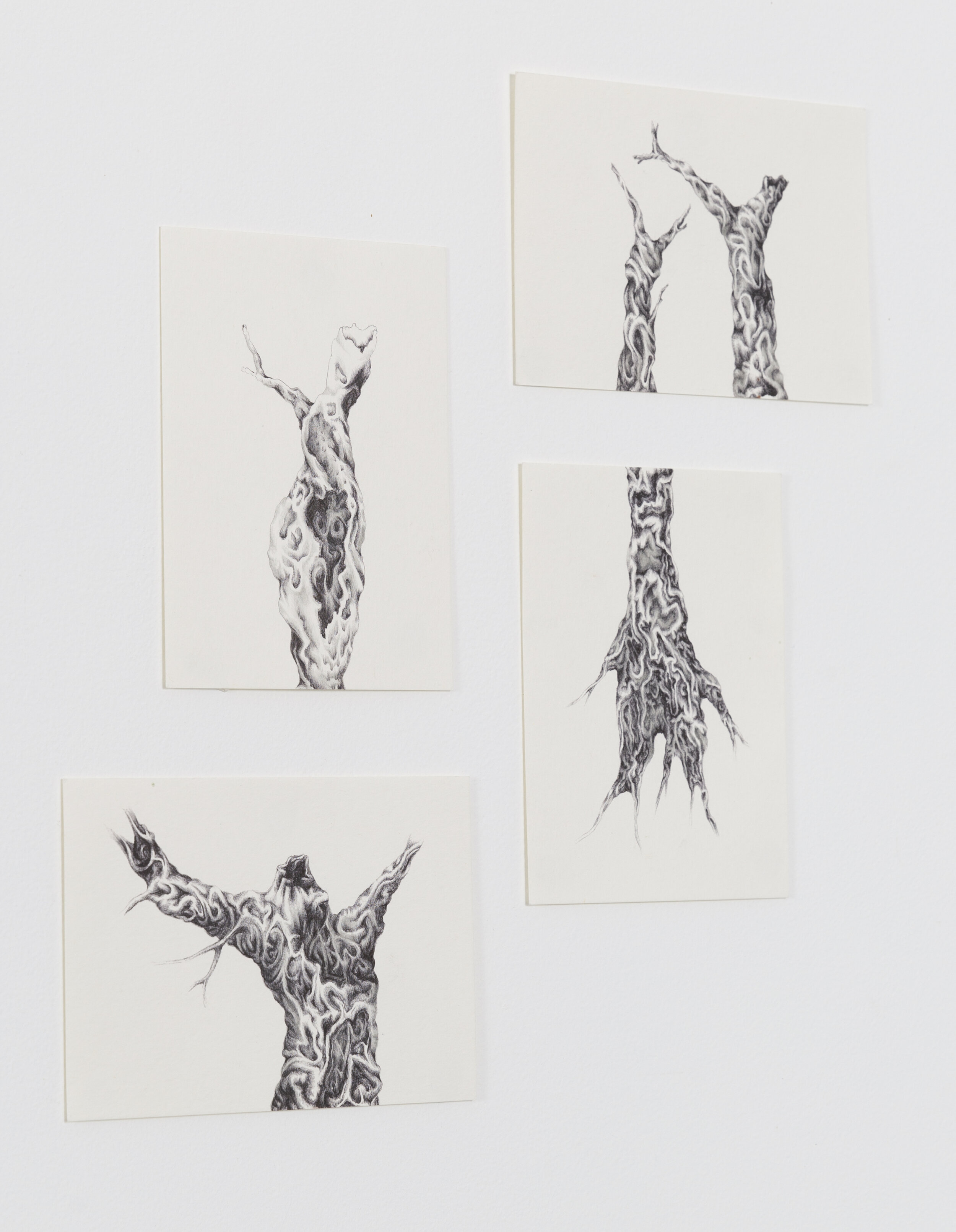
Opening Reception: Saturday, May 8th, 12:00 - 5:00 PM
The show will be open to the public for one day only, May 8th, from 12:00 - 5:00 PM and by appointment.
The Tack Room
4690 Live Oak Canyon Road
La Verne, CA 91750
Pomona College Senior Exhibition May 2021
Making art in a pandemic. The very statement feels out of step and a bit absurd. We artists depend on the implicit social contract of making things for others. And while we may work in isolation, we work tethered to particular audiences. We depend on exhibition spaces being shared ones in order to look and experience and celebrate the stories and representations imagined.
Like many things this year, the terms have been radically reshaped. All of the normal conventions that lend energy and momentum to our lives have become thinned down or may have disappeared by the constraints of the pandemic. It has been a painful and disruptive year and against these realities, each Senior has had to find a path forward – to go inward and build a new set of guideposts.
Not surprisingly, the effects of the past year have seeped into the work of these Seniors. Themes of isolation, interiority and connectedness all emerge as core concerns. Isolation and interiority appear as psychic and mental frameworks as much as literal ones of body and architecture. Connectedness takes the form of identity and place as well as memory and the spiritual. Our Seniors have also shown that despite the difficulties of this year, our need for beauty, mystery, and story-telling remain very much intact.
I hope you enjoy their show Now We Must Depart Again as much as I have enjoyed working with them.
Michael O’Malley
Professor of Art
Ise Henriques Sharp
Home is a feeling. I found it first in New York, the city in which I grew up. Then in Jamaica, the home of my parents. I sensed it in Synagogue with my mother and in Mass with my grandparents. It emerges in me in the company of Chosen people, those who have been constant in my transient upbringing. I have lived between multiple apartments, two continents and three countries. By five, I had moved eight times. Place and space were always shifting. I could not control my location but with a pen and a piece of paper, my hand could conjure up a consistent world of whatever I wished for. This was rootedness, a space to ground myself. Pen and paper became a permanent fixture in my early life.
Whereas I found grounding on paper, my mother found it with trees. As a child, she had me touch them, run my hands over their bark, their textures, feel for their souls. Driving through the Jamaican countryside she would call out their names and stop for her favorites. We would rest our palms and foreheads against the trees, praying to sentient beings, as my mother told me stories of spirits: the Taino (indigenous peoples of Jamaica), the Maroons (escaped enslaved peoples), and the ancestors that lived in their roots. She would describe the ever-changing nature of the world, its integral energy, and connectivity. The energy flowed through us as we gave homage to the ancestral spirits of the trees. In these moments, my ever-moving mother was still, giving pause to me too.
It has been over a year since I have been back to Jamaica. In this series of drawings, done between New York and California, I work to reenter the stillness I found in my mother’s lessons. In silence I draw through a state of stream of consciousness. It is an exercise in meditation and inner exploration to map the realm that exists within my mind. For, over time, drawing has become a way for me to explore the unanswerable questions: notions of nothingness, spiritual anatomy, and metaphysics. In this series the forms morph the anatomical and dendrologic, influenced by a childhood of trees. My pen creates a world of biomorphic forms only suggestive of tree roots and of veins with watercolor tints for depth and form. In a hyperrealist surrealism I observe the unobservable. I know not where they come from except my unconscious but that they feel like home.
BIOGRAPHY
Ise explores notions of metaphysics and intergenerationality through juxtaposing visual arts and poetry. Born and raised primarily in New York City, she is the daughter of Jamaican parents. In addition to Kingston, Jamaica and New York City she has lived in Tokyo and Chicago. She draws from her dynamic upbringing and intersectional heritage to inform her artwork.
Website: isehenriquessharp.cargo.site
Sei-kashe M’pfunya
“But I have discovered the secret that after climbing a great hill, one only finds that there are many more hills to climb. I have taken a moment here to rest, to steal a view of the glorious vista that surrounds me, to look back on the distance I have come. But I can rest only for a moment, for with freedom come responsibilities, and I dare not linger, for my long walk is not yet ended
- Nelson Mandela “A Long Walk To Freedom” (1994)
There is no - thing dead here
The practice of passing down knowledge, traditions, and cultures through oratory and visual means is common in my family and many others in Zimbabwe. Storytelling is how we begin to share in the lived experiences of those who came before us – our parents, our grandparents and theirs as well.
Zimbabwe has only been a free and independent state for a period of 40 years. There is so much that can done in its infancy as a country to memorialize the unsung heroes and heroines of the decolonization period and have their stories passed down in more tangible means. My mother, my father and my grandmother are the past spoken. They are part of the very few who know what it was like to reach for and exercise fundamental freedoms in a country that knew nothing of the sort, and a country that finally did. I impart their stories in conversation under the aisles of umbrella trees and Californian sycamores that have come to constitute our shared canopies. I pass down personal anecdotes by weaving patterns in craft and basketry. The acrylic paintings here, “Blooming and Unearthing”and “Unearthing and Blooming” are in conversation with the recordings of their lived experiences. Through dialogue, these oratory and visual forms attempt to understand the meaning of collective remembrance. How do the memories of one’s past belong to the histories of a specific time, but also how can they stand to be steppingstones for those today to reflect, learn and visualize an alternative future? Sharing the stories of our memories is how we begin to expose our interpenetrating existences - how we begin to co-construct future realities.
Binga or Isangwa baskets are hand-made by the BaTonga and Nambya tribes, respectively, in Zimbabwe. They are made from the ilala palm which grows in the Binga region of the country. Basketry has been a tradition and skill passed down primarily by Zimbabwean women for storing food, dowry negotiations, harvesting and beer brewing. Binga and Isangwa baskets are also an art form. No two designs are alike. The patterns, images and symbols of Zimbabwe’s basket history have constituted my memories and my childhood upbringing. Here, in my work, as I begin my journey back into and out of my family's past, I reconstitute utility and weave my own basket of potentiality.
The acrylic series, in tandem with recordings from my father, mother and grandmother, unearth and archive their memories in 1980’s Zimbabwe. While the subject may be centered in the past, archival is in no way a forgotten documentation left to collect dust. This work is living, thriving and constantly being grown upon and in painting I steal only sliver of the vast horizons possible in past memories and present realities. Through a process of unearthing, this work shall begin an ongoing effort to cement in time their memories as they are both my histories and present. Here is some-thing now wanting to be lived again.
BIOGRAPHY
Sei-kashe is a visual story teller, working to transpose her lived experiences and (image)inings into tangible forms. She was born in Zimbabwe, but having found home across borders in Thailand, the United States and France, she is in all ways local, wanderer, and pilgrim. Sei-kashe is an errant, captivated by a world where life’s transitions demand malleability and adaption. She is ever finding her roots and rhizomic growth wherever life’s happenstances take her - here simply to listen and understand some of what she discovers.
Website: seisay2.wixsite.com/seikashe
There is no-thing dead here is a painting series accompanied with recordings of her mother, father and grandmother and their memories of Zimbabwe from the late 70’s to the early 80’s. This work captures only a glimpse of the horizons seen of a country once colonized and now free. Here is some-thing now wanting to be lived again.
To hear the recordings please visit: https://soundcloud.com/sei-say/sets/there-is-no-thing-dead-here-archiving-family-and-heritage
T A R I N I G A N D H I
The required isolation and confinement this past year has wrought on us has pushed me to meditate on the domestic realm—in particular, my home in Bombay—more deeply. This push towards intense interiority has allowed me to explore different ways of articulating inhabited spaces. Through the first set of smaller drawings and screen prints, I seek to simultaneously represent the physicality of a space, which comprises of the walls or the floor or the ceilings, and my familiarity with a space, which emerges from living within these walls and below these ceilings. This set of drawings and prints focuses on light and shadow. As the sunlight filters through windows, slants against the walls, and falls onto the floor, the architecture of the room is momentarily exposed. Even though the light registers against an architecture unknown to most people, for me, the shape of the light and this momentary exposure of walls and the floor serve to instantly recreate the omitted architecture of the room.
The latter half of this project, which comprises of the larger graphite drawings, was created once I moved from Bombay to Irvine. These drawings continue dealing with home and were created not from observation, but rather by tapping into a reservoir of personal spatial memory. With their geometric proclivity and rigid architectural projections, the resultant drawings are rational and ordered. Yet, drawn entirely from memory and created during a period of displacement from home, the drawings are also speculative and visceral. As the employed isometric and axonometric projections overlap and coalesce, and as different orientations and perspectives collapse onto one another, the seriousness of these traditional architectural representations is undercut; this architecture drawn from memory becomes a space swimming in experience and feeling. Like memory, the drawings are uncertain, incomplete, slippery, elusive, and ultimately, partly fictional.
BIOGRAPHY
Tarini is an artist from Bombay. She is interested in the idea of home(s), travel, and the archive. She has explored themes of home by engaging with Bombay in urban, domestic, and architectural capacities.
Website: tarinigandhi.cargo.site


